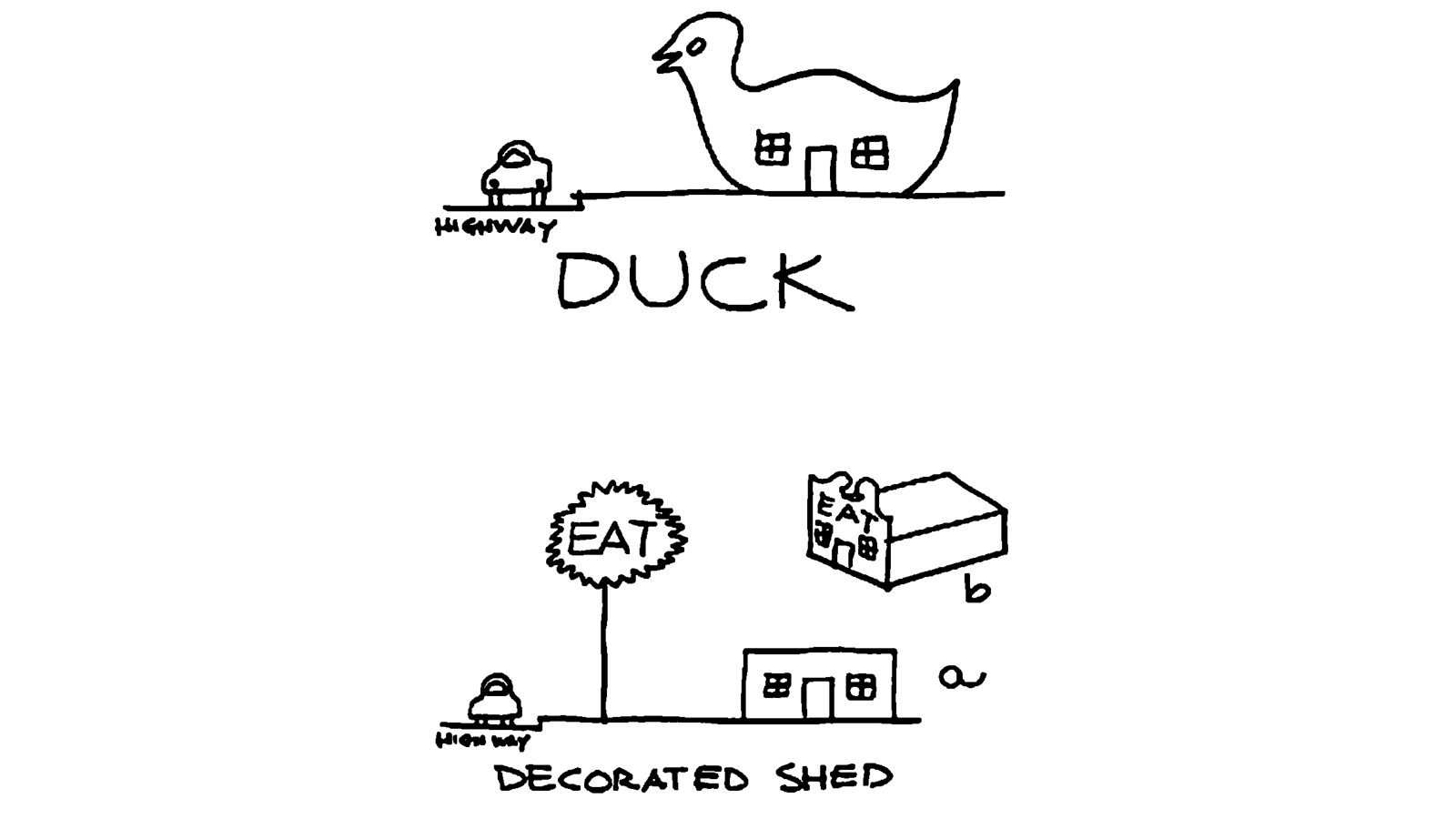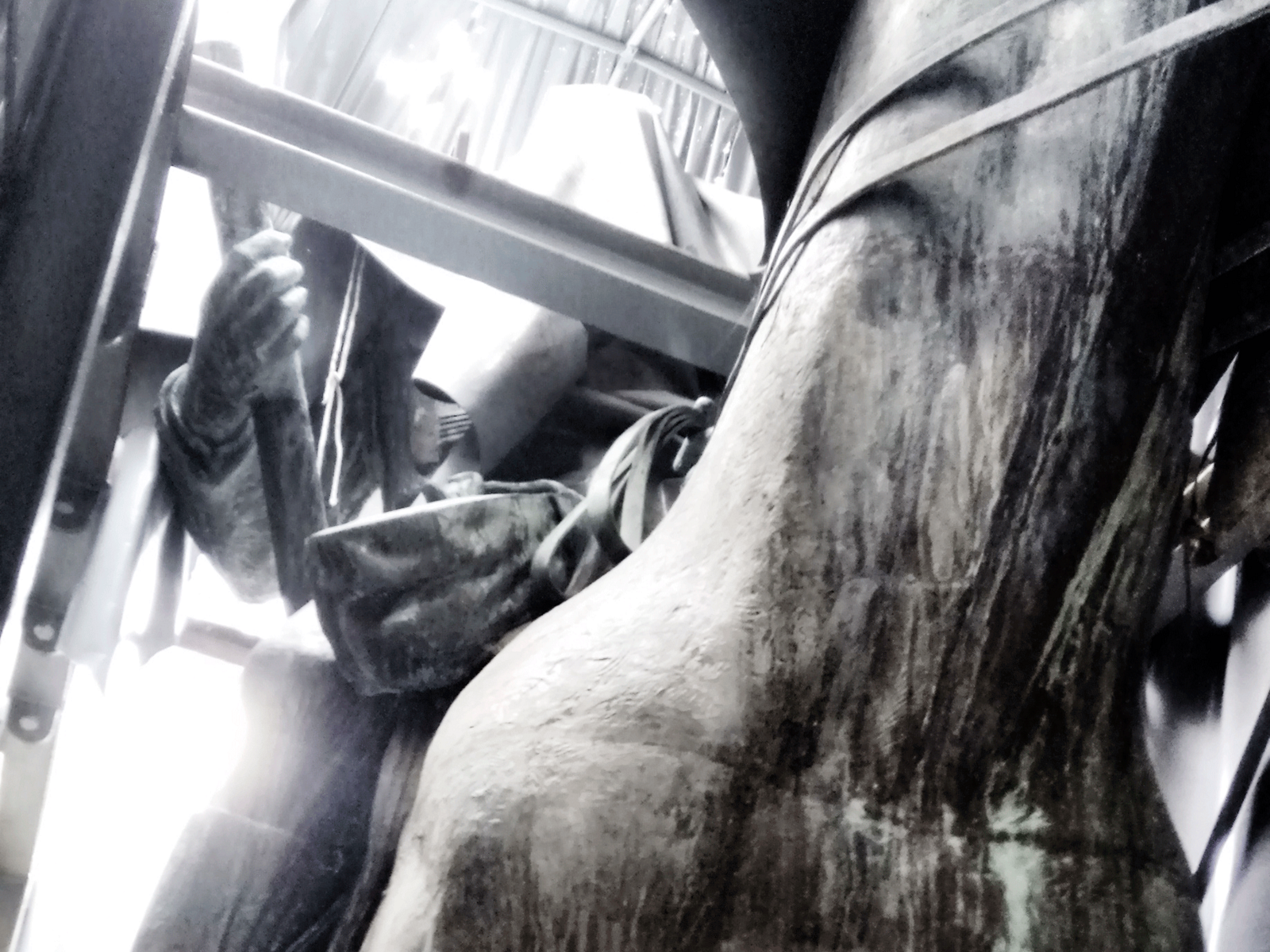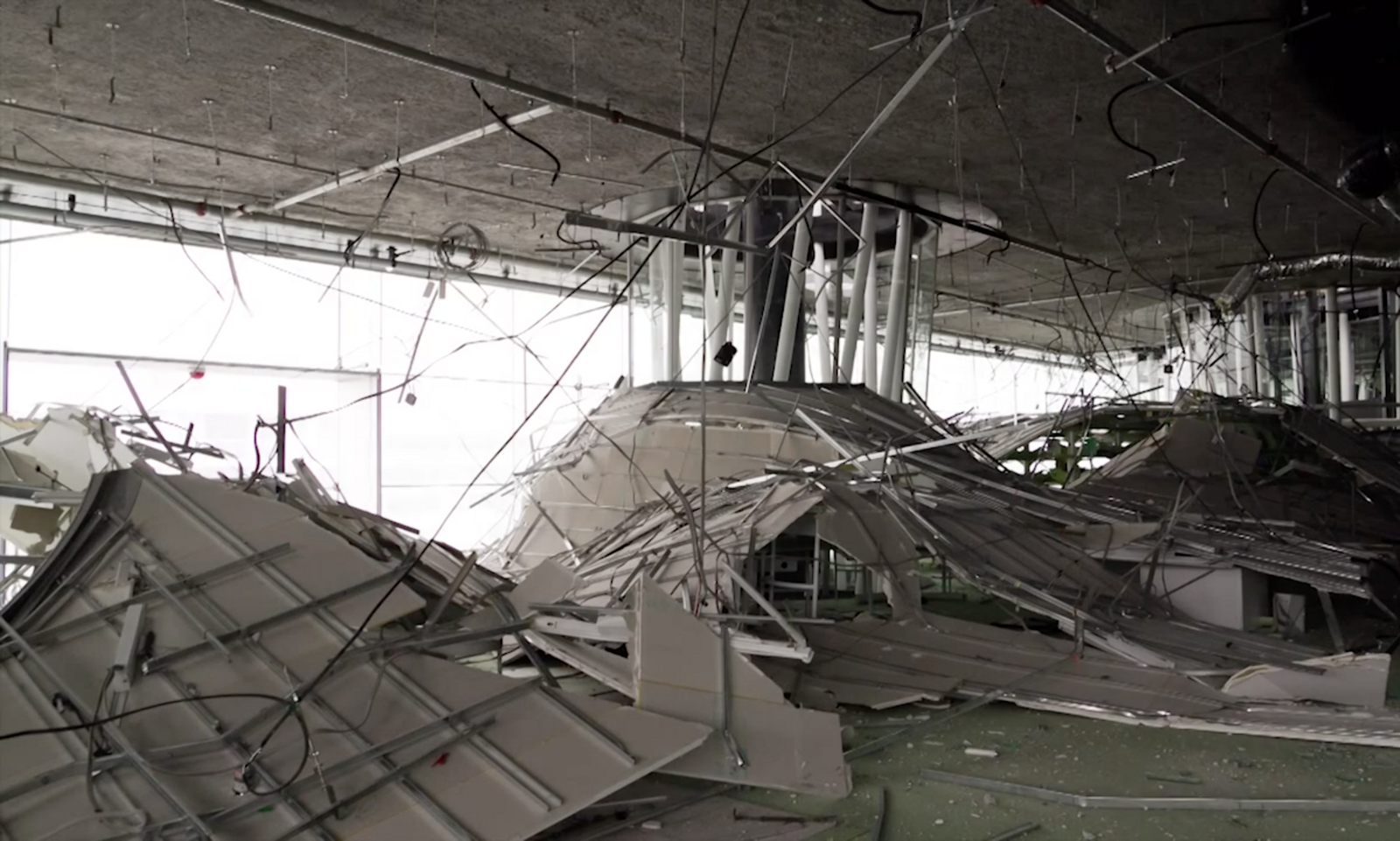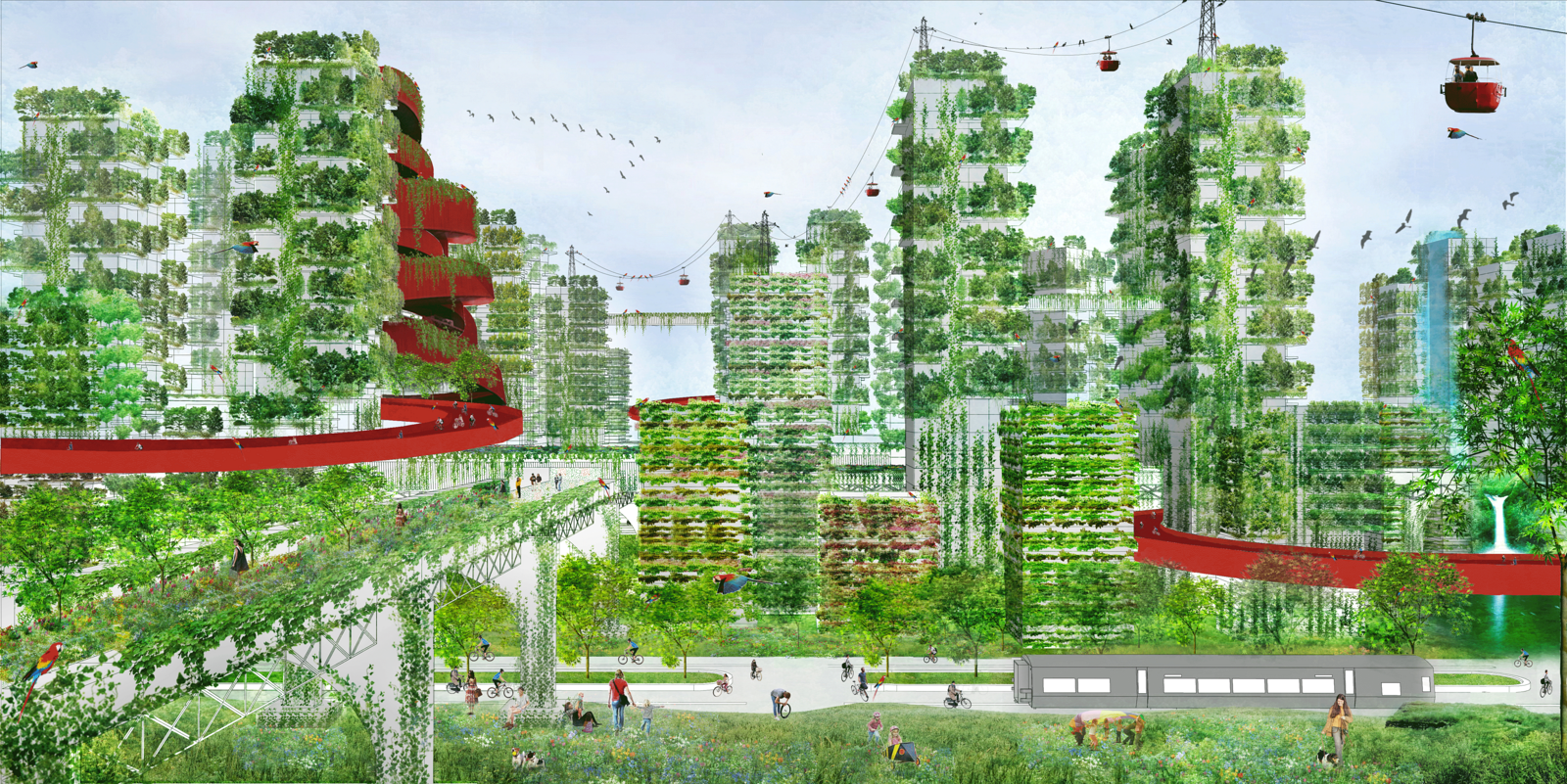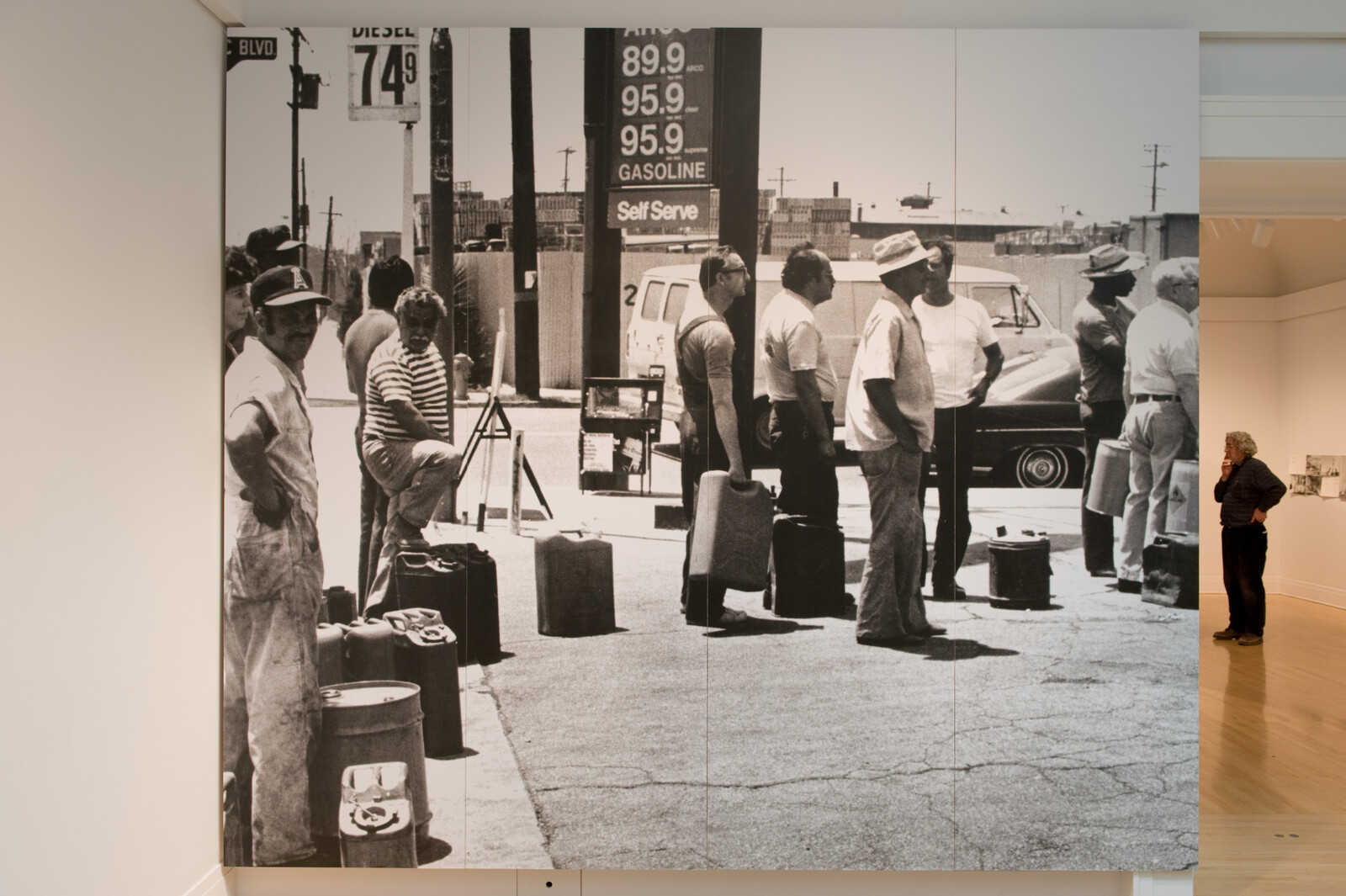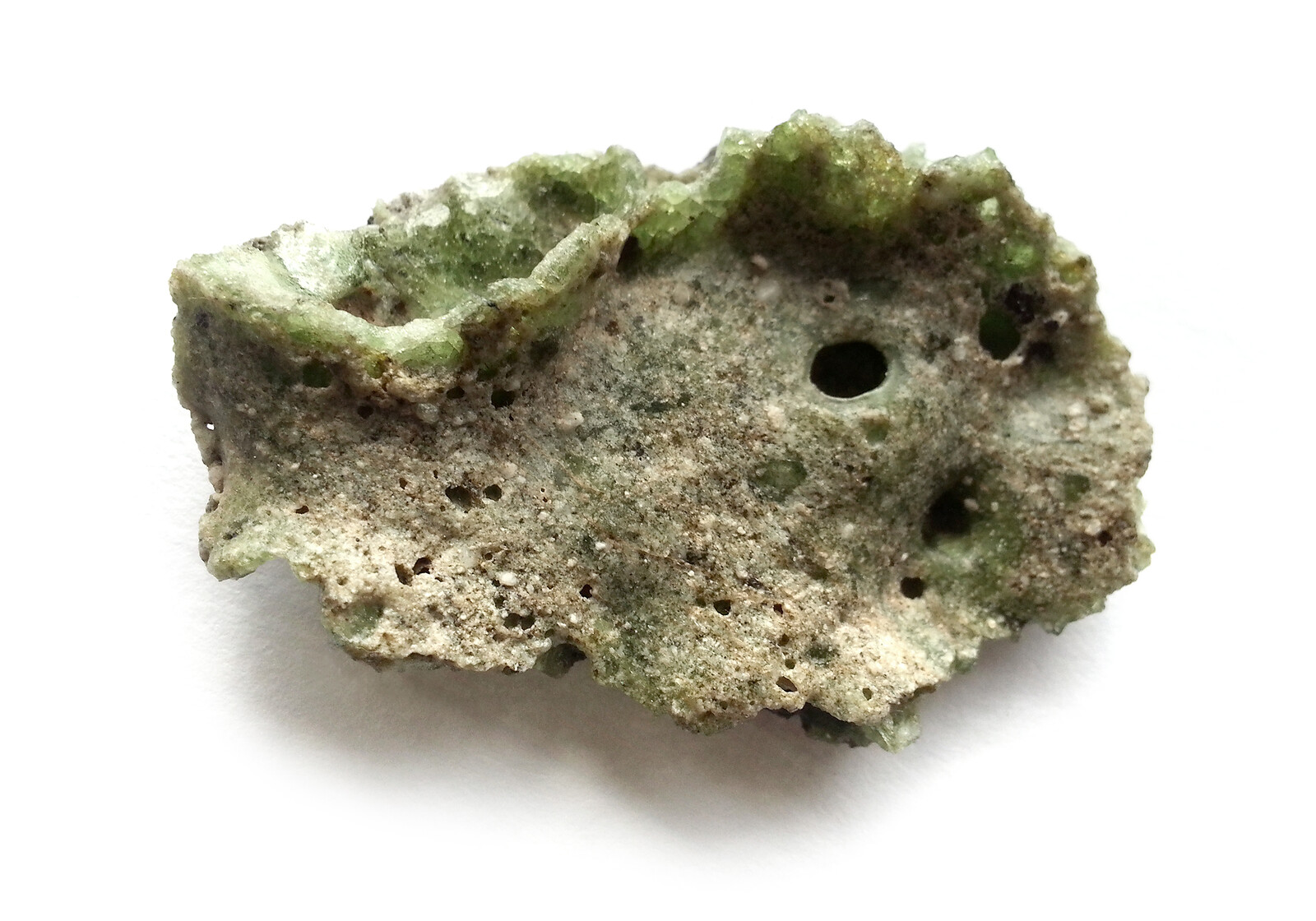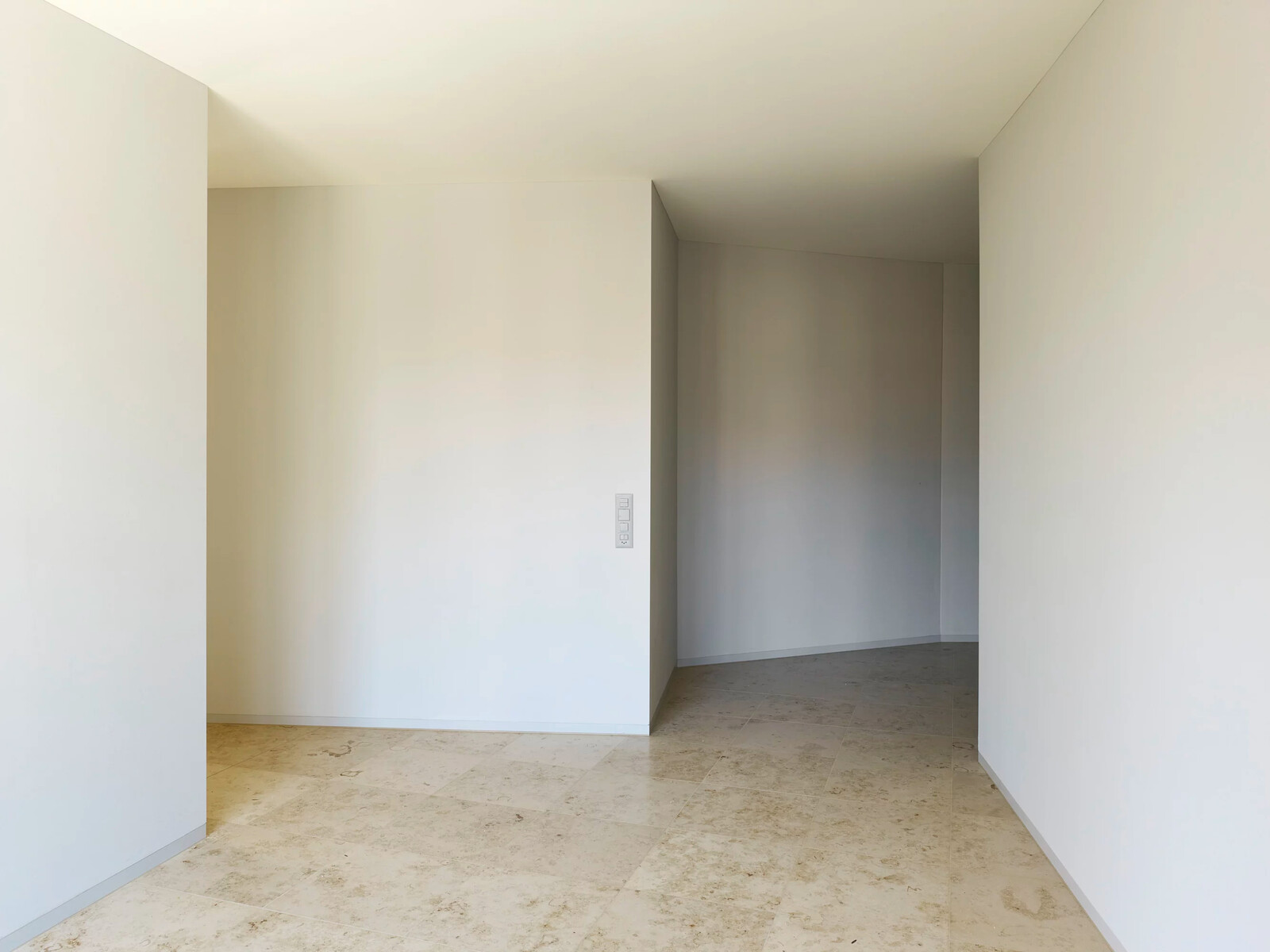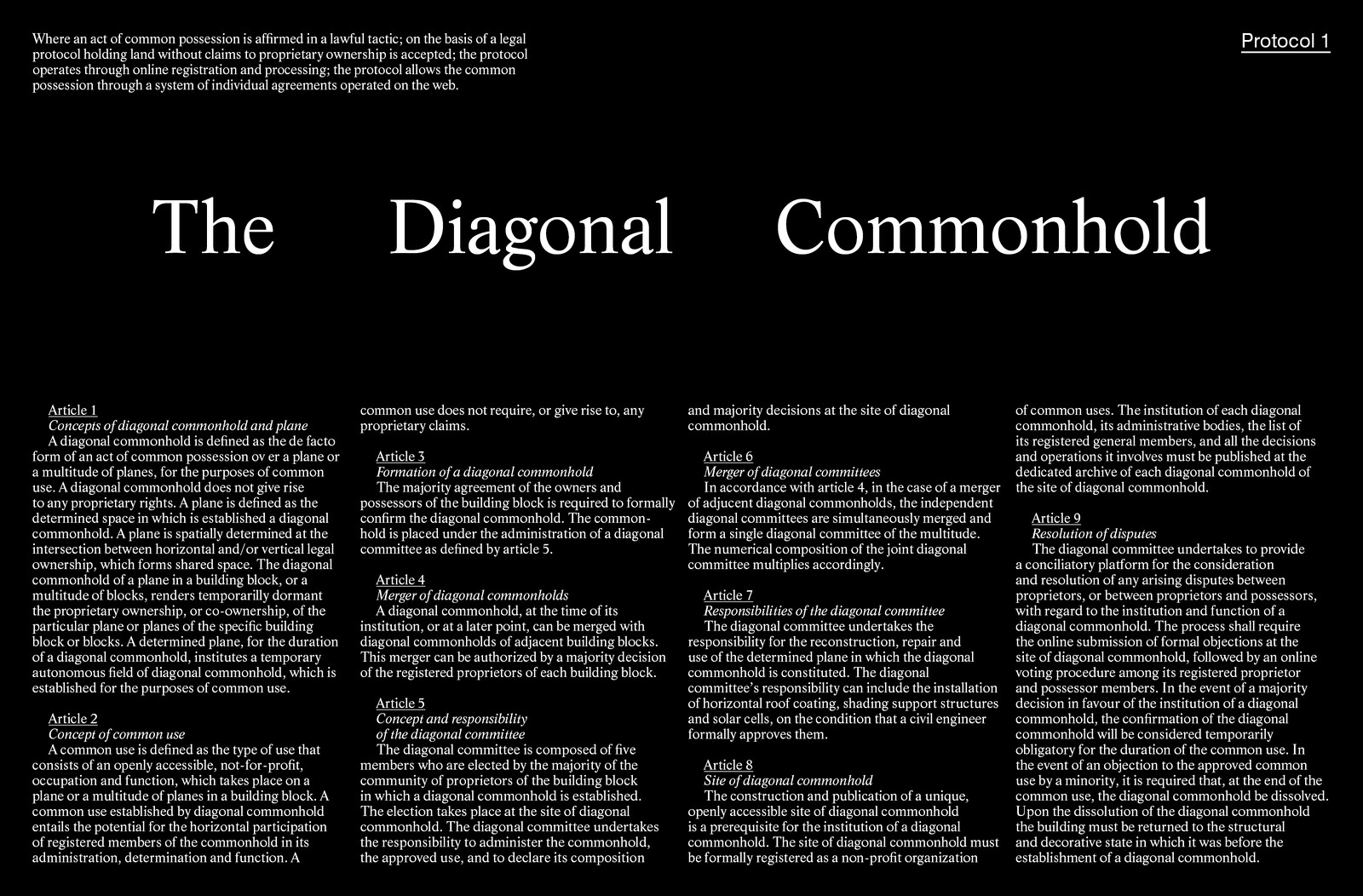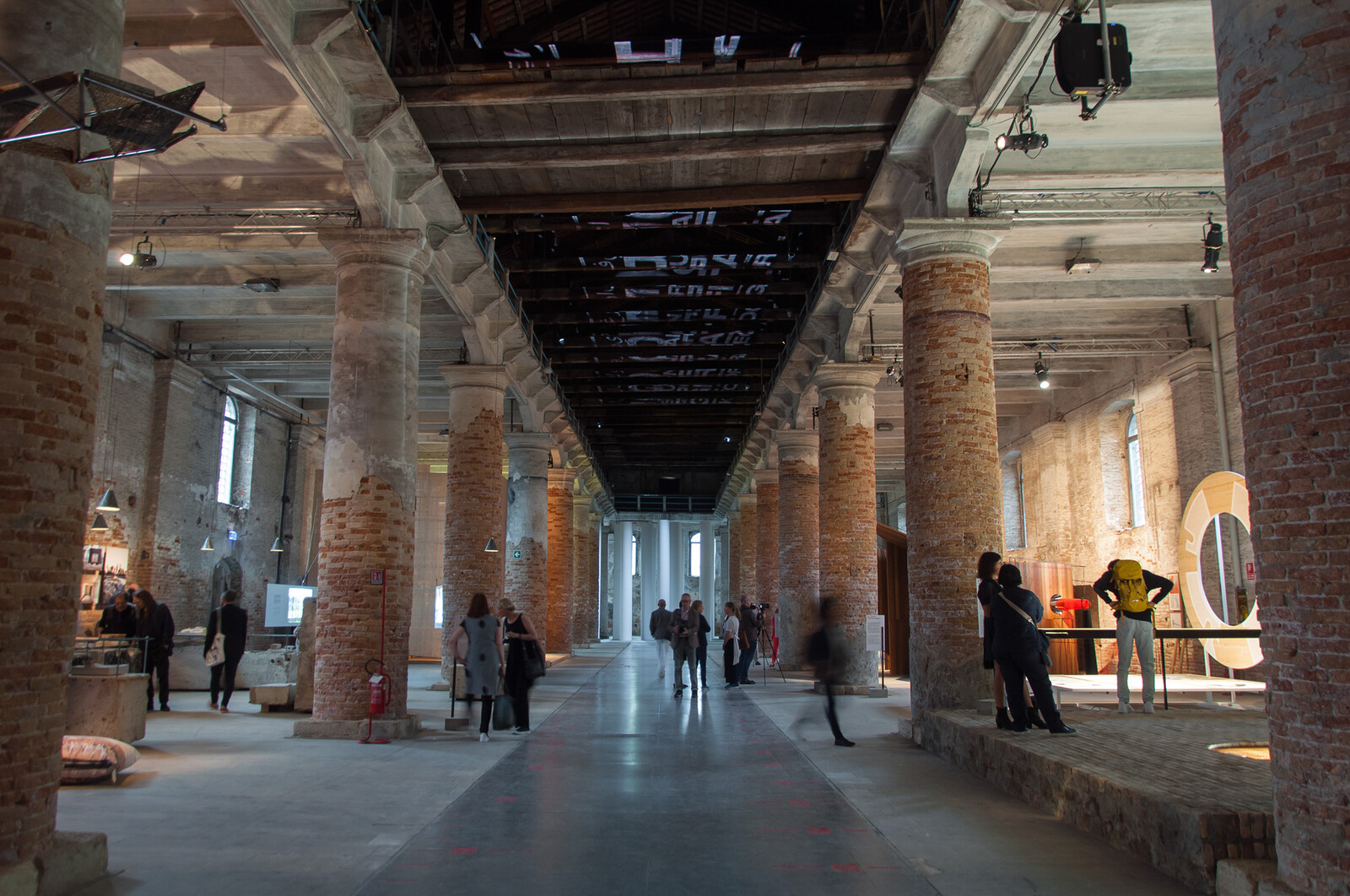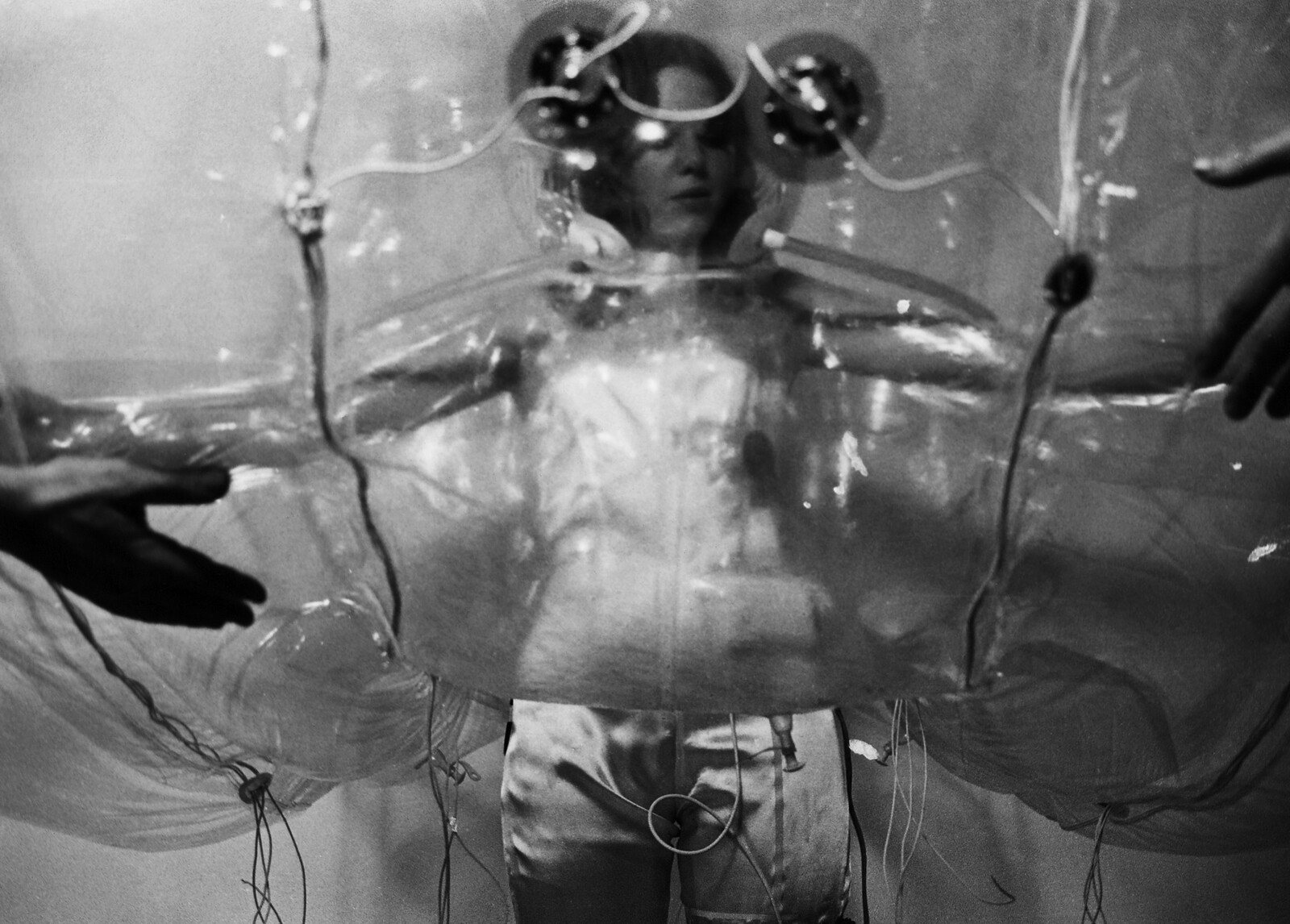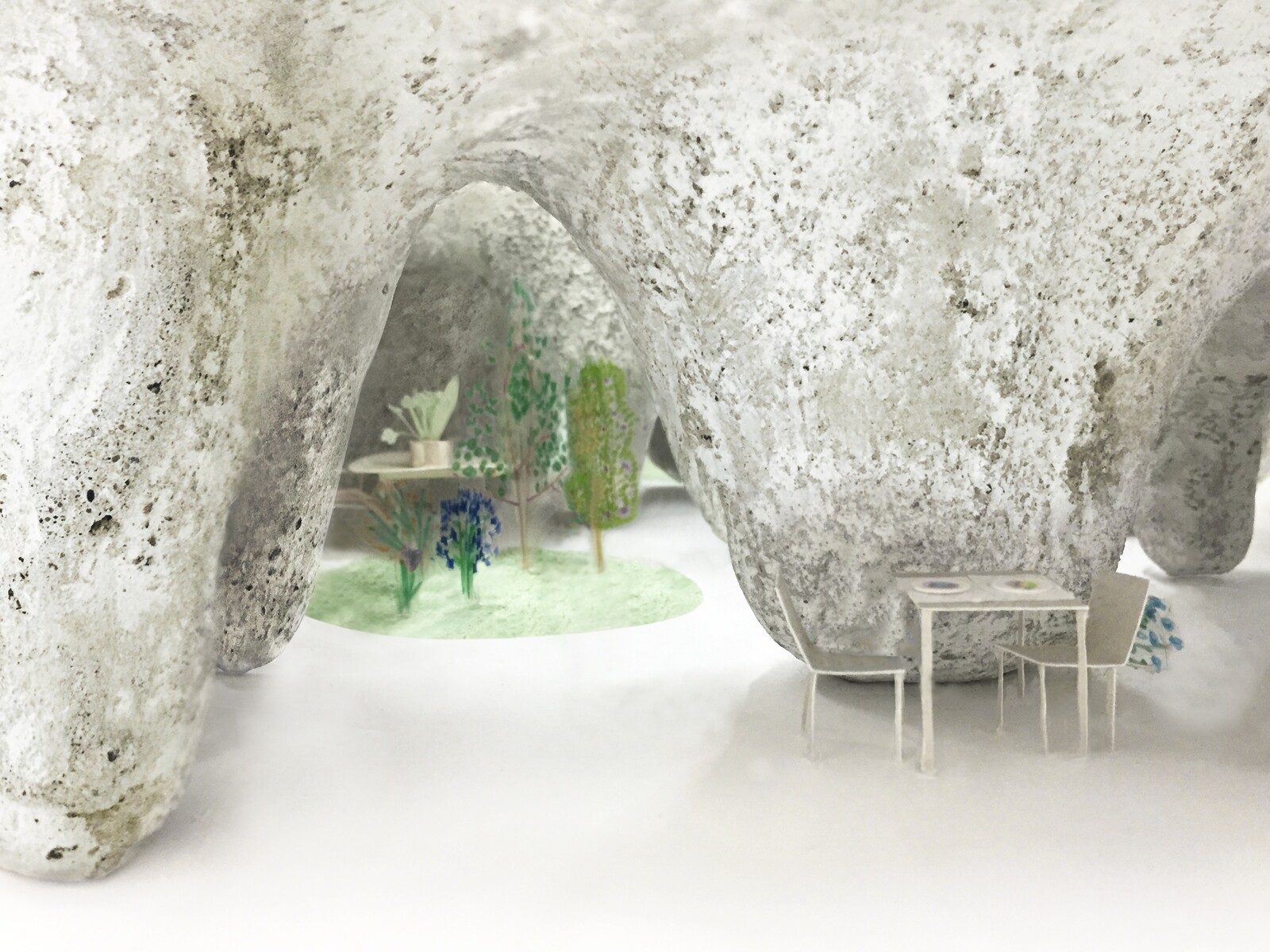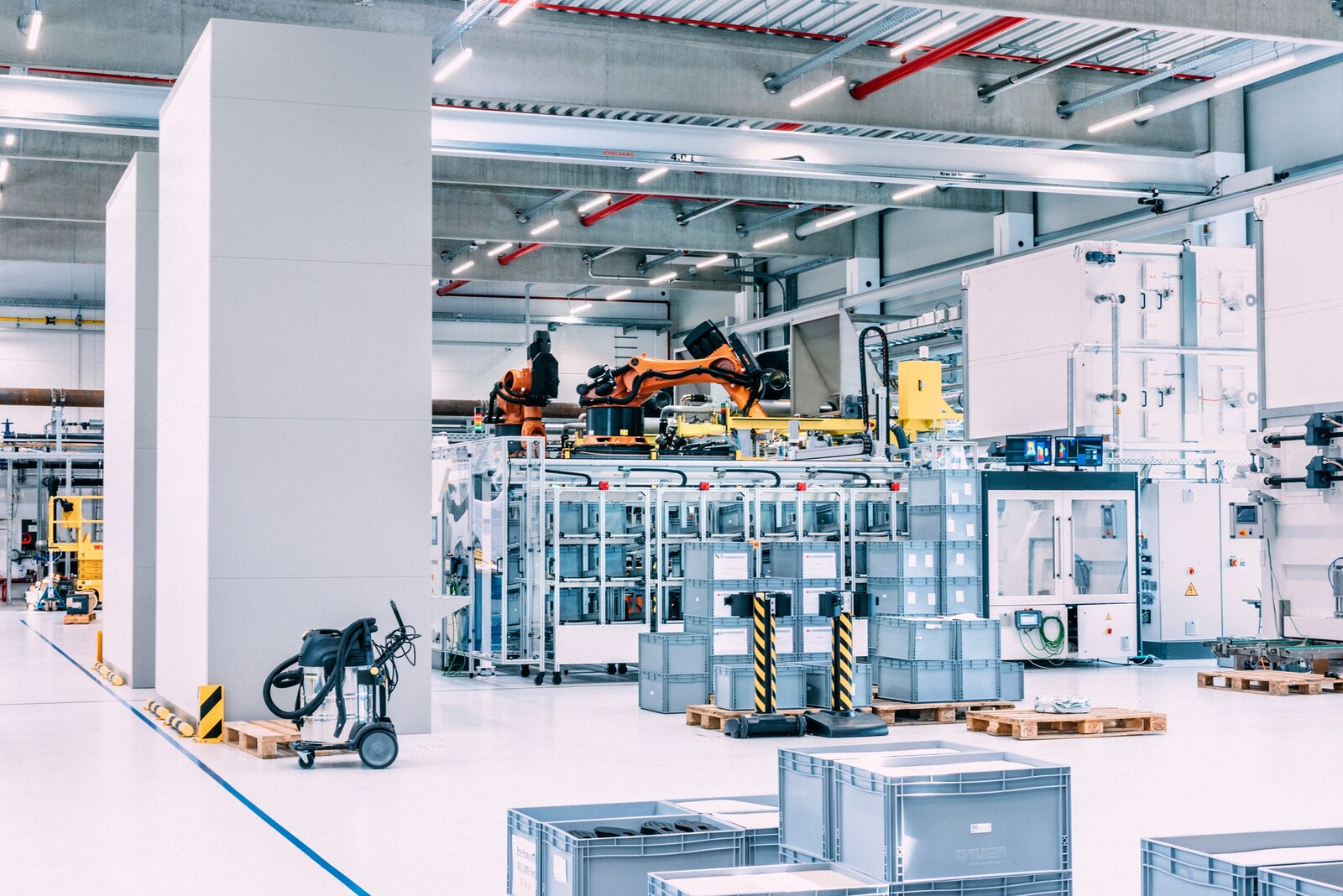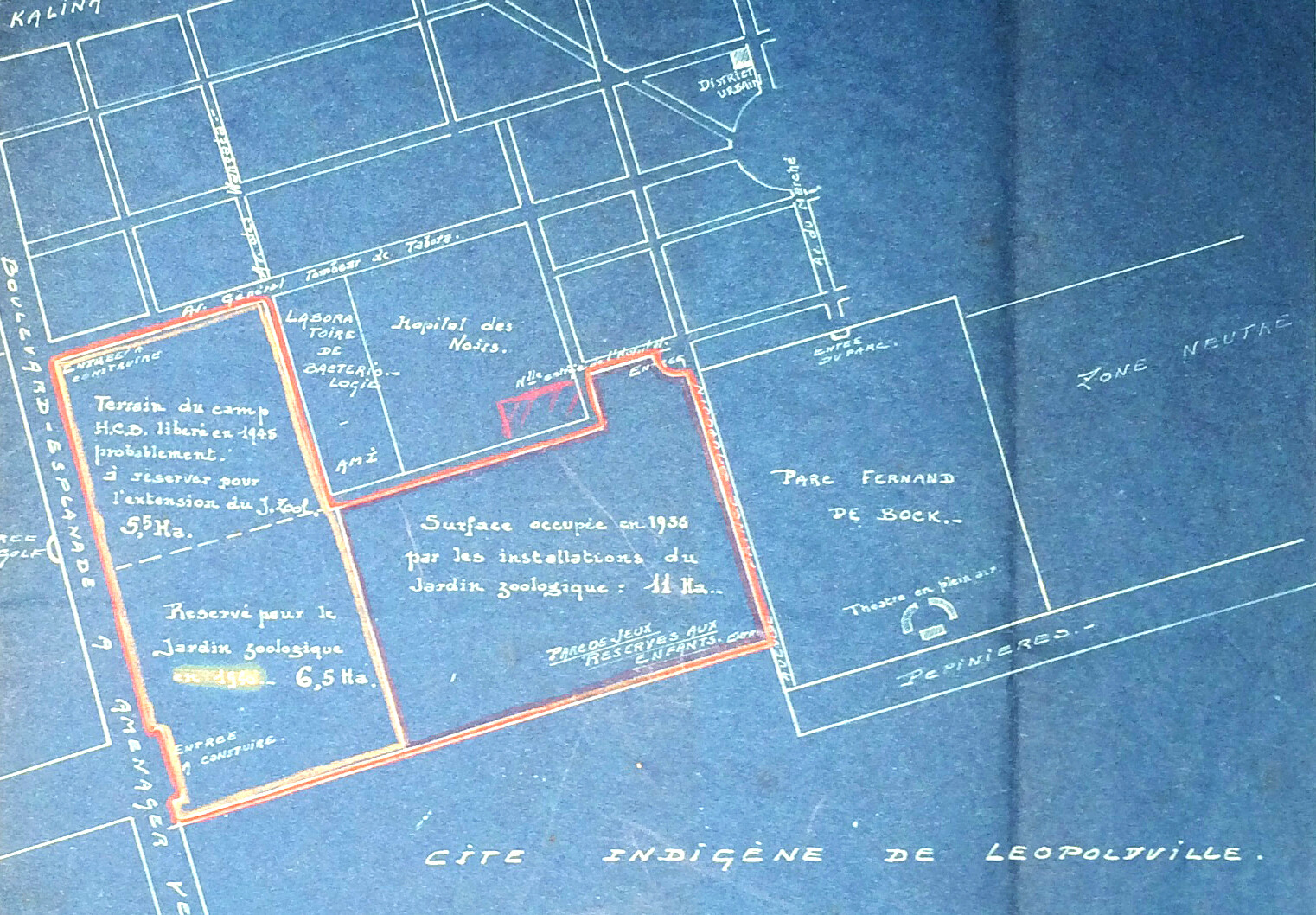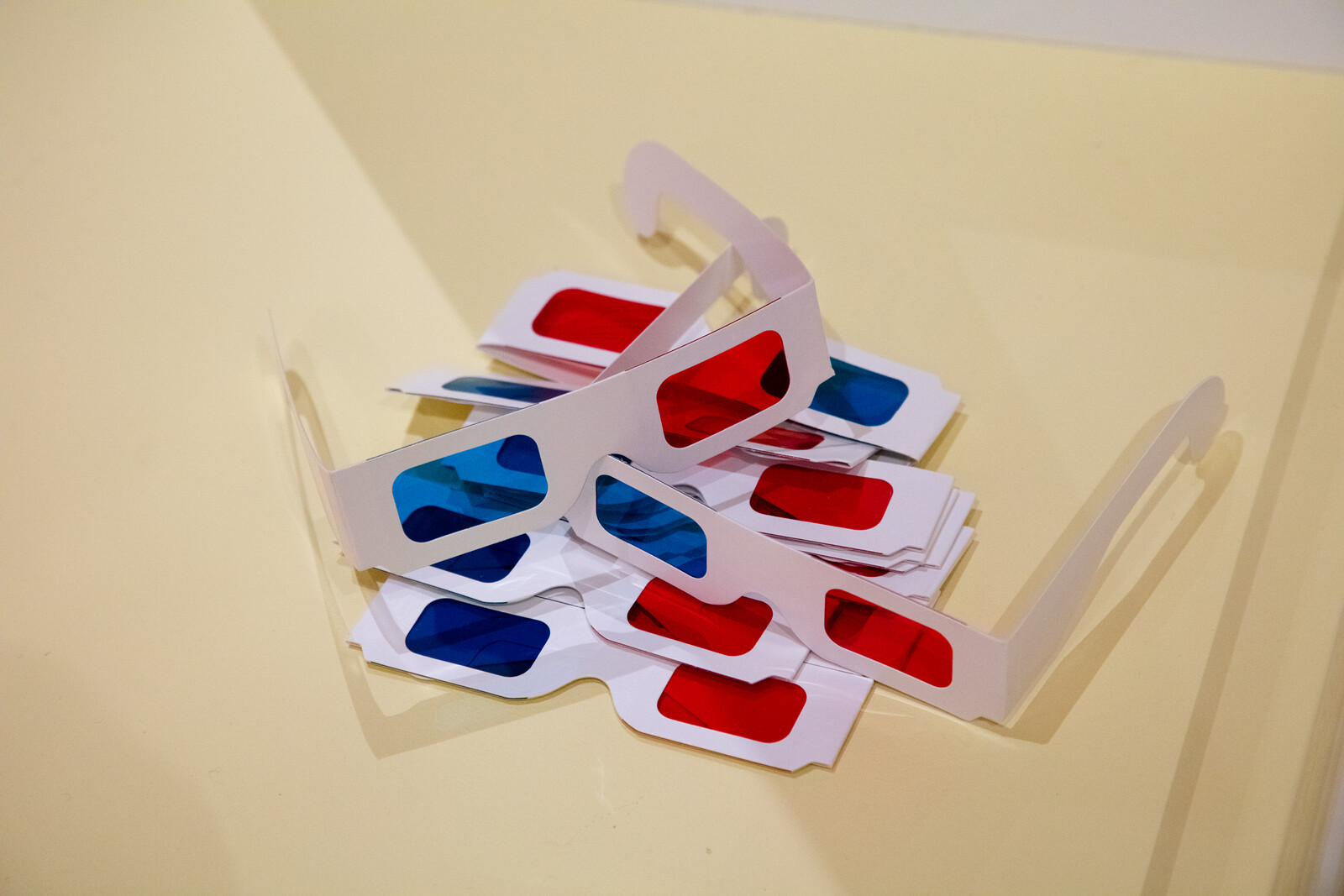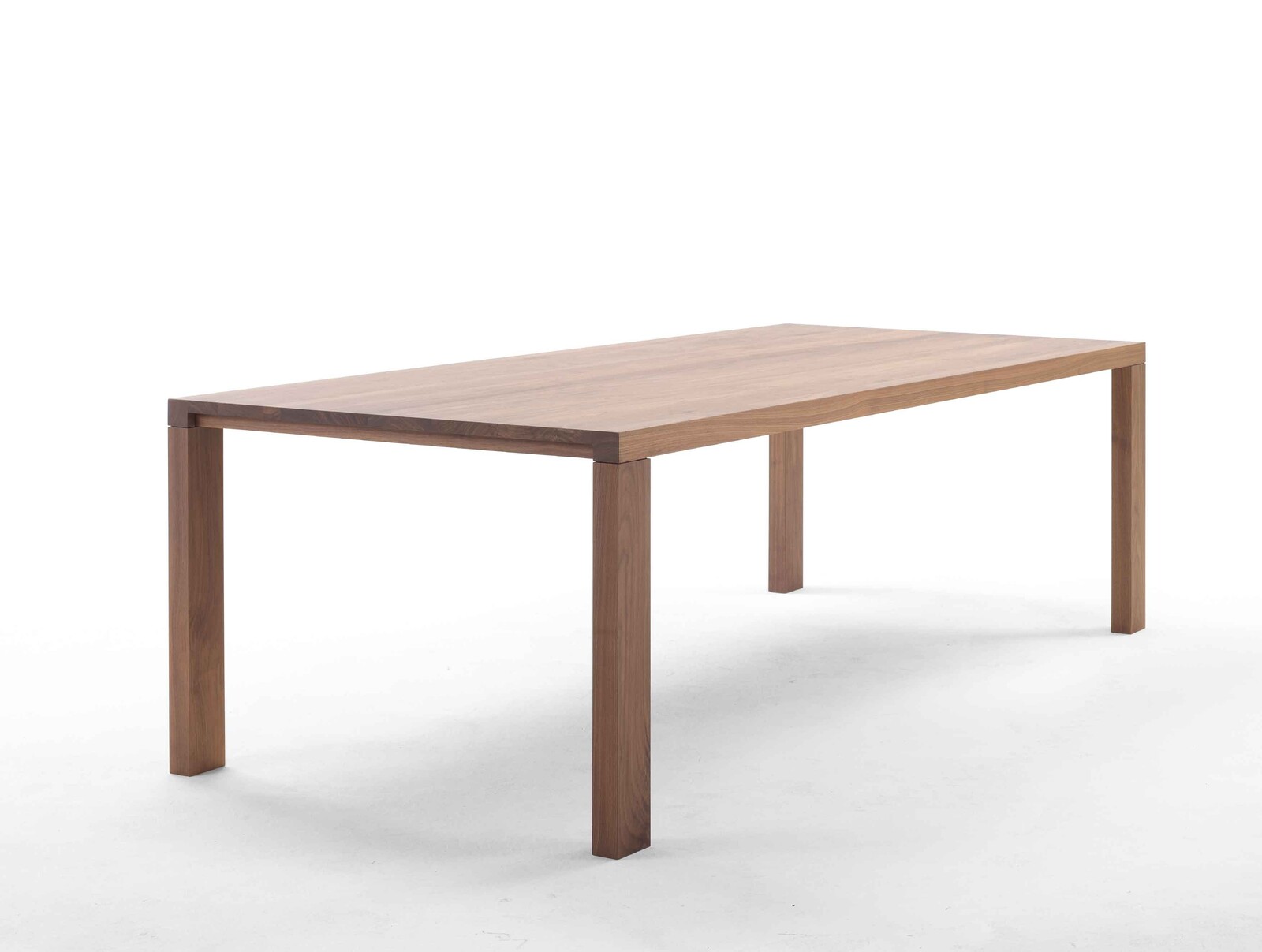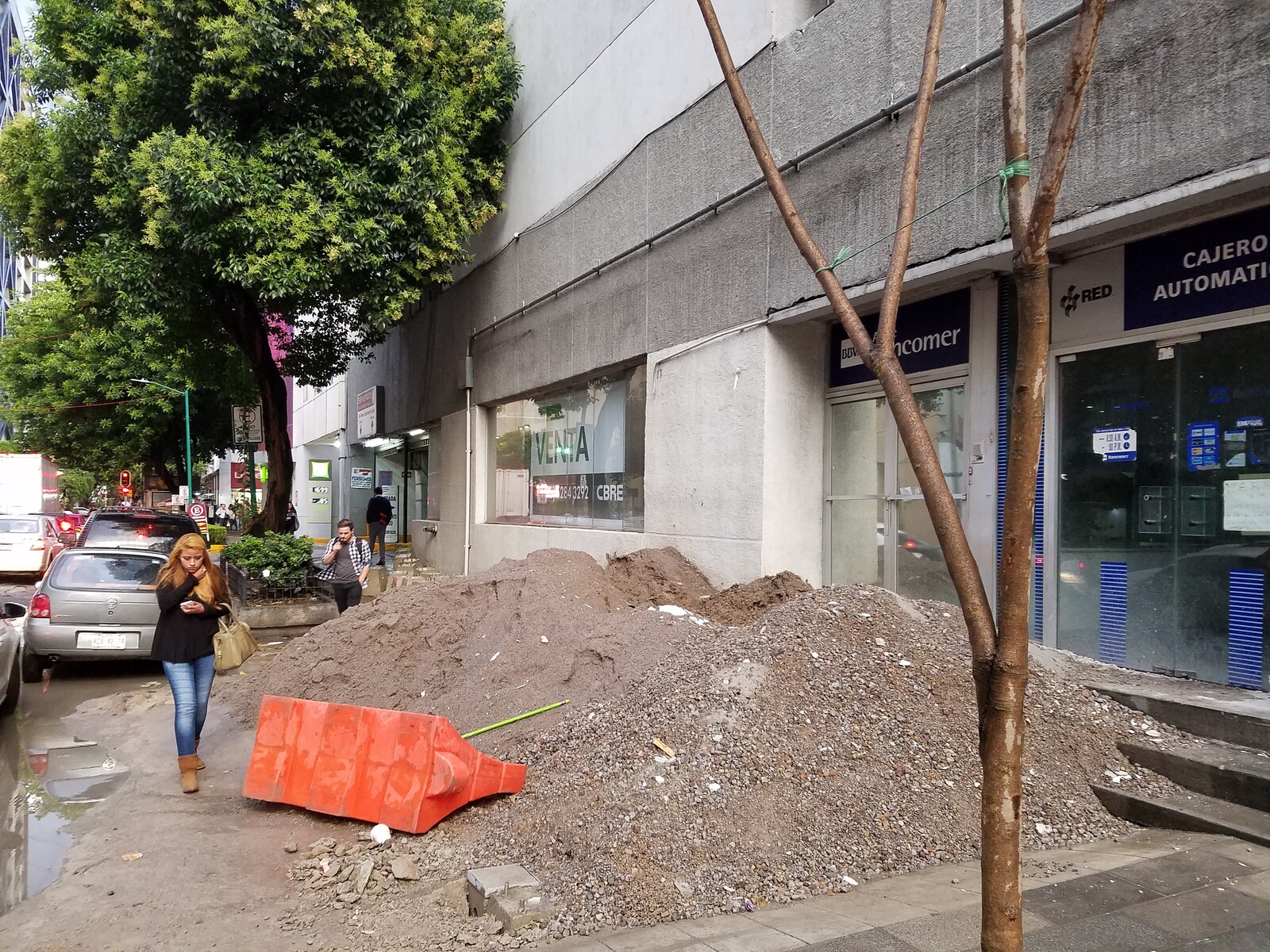Nick Axel As a conceptual material designer, you’ve recently invented lithoplast. What is lithoplast?
Shahar Livne Lithoplast is an experimental composite material made of residues from industrial waste streams. The word lithoplast comes from Ancient Greek: lithos means rock, and plastic means malleable, or that which can be molded. Lithoplast is the next stage of plastiglomerates, which are naturally occurring plastic rocks. Plastiglomerates are created when natural sediment becomes heavily saturated with plastic pollution and exposed to a heat source, be it natural or human-made like burning trash, thus melting the plastic and turning it into a glue. Lithoplast is what happens after this; what happens after geological processes and the metabolism of the earth act upon plastiglomerates.
NA How do you know what will happen in this next stage?
SL I do a kind of geomimicry, where I apply a certain type of pressure and heat that imitates the geological process of metamorphism to sediments which are usually found around plastic pollution in different environments. For example, I use calcium carbonate, which is typically found at the bottom of the sea or in other areas with high levels of plastic pollution. I combine these with organic sediments from deep in the earth—the type of sediments that are found when mining for coal—as well as plastic that has either been spit out from the ocean, is already being processed by nature, or which is designated for landfills. I work with a few recycling companies and they give me the plastic that they cannot recycle.
NA This process that you’ve developed can use any type of plastic?
SL Yes. That’s also what I’m trying to do; to use every type of plastic. I don’t separate them. Usually I also find pieces of metal or concrete or glass because it comes from household products. But I don’t even take the time to check which type of plastic I’m using. There isn’t this kind of separation in nature. I just try to be as honest as possible to the natural process.
NA The material itself is very dark. It’s primarily black, but it has these flashes of color, which if you look closely, you see are little pieces of plastic that are still there. When we look at this material, what are we looking at? What is the black goo that seems to bind these little plastic pieces together?
SL Plastic was once fossil fuel, and it will eventually carbonize and become fossil fuel again. It’s really hard to estimate when; even the geologists I was working with in developing the project couldn’t tell me in exactly how long it would take. But the idea of lithoplast is to show a moment in the midst of metabolism. Within this process, plastic loses its pigment, but because there are different types of plastic, some of them lose their color while others have yet to.
NA So the end state of the material will be black goo?
SL That’s what geologists assume.
NA Do we really not know? Is there not a half-life of different types of plastic?
SL Scientists recently took supposedly biodegradable plastics and put them in water, in the earth, and they didn’t decompose. Plastic needs a certain type of environment to decompose. It’s a misconception that a lot of people have, but I’m researching the different environments in which it can happen. Landfills, for instance, are designed to mummify everything and protect the environment from the things inside. One scenario I’m looking at is when those landfills break, but everything inside has already been mummified, thus actually preserving the plastic beyond how long it would otherwise survive. Similarly, there’s a lot of plastic at the bottom of the sea. Its so deep that we can’t collect it, but it’s a fossilizing environment; animals are also fossilized there.
NA There’s a fiction, a speculative narrative within this material that I would like to speak about further. But if you are mimicking geology, is this not something that could be done at a wider scale, to turn the waste plastic we currently have into a more usable form?
SL I’m open to it, of course, but I think that would miss the point. Plastic doesn’t care about time. So even if we do that, plastic will still be there in thousands of years. The point of the speculative narrative is to bring this future reality into our time, so we can observe something that it’s not observable yet.
NA Of course. But you’ve created a new material. Maybe it’s not about getting rid of the plastic—we can’t get rid of material, it goes into the air or the soil. If this is an extremely durable material, what if we started making bricks out of this? What if we started making buildings out of this? That might be a way to at least contain the waste somewhere it won’t pollute.
SL Why not? But again, communicating the fact that plastic is not affected by time is important. Even if we use it differently in the present, it will still go through the same processes; if not now, then later. So if you use it for a building material, it still will be there in thousands of years.
NA But that’s what could be great. Think of the buildings that we have from thousands of years ago; these are our most valued and cherished monuments to history.
SL It could be interesting to use it as a monument for our time. It is a marker of the anthropocene.
NA Do you think that we will eventually stop using plastics?
SL The idea behind peak oil is that fossil fuels are renewable resources, but it takes millions of years to renew them. Lithoplast is a response to the proposition that we’re already past peak oil, and that at some point we’re going to run out of raw material to make new plastic. In this case, the only way we can make new plastic is recycling. But if you recycle over and over again, at some point the material degrades; it downcycles. It’s really hard to upcycle without using a raw material in the process of recycling.
NA Is this process that you’re undertaking with lithoplast not accelerating that downcycling process? And if you downcycle enough, do you get to the raw material?
SL I don’t know. That’s really about chemical engineering, and I’m not a chemical engineer. I’m just trying to create an invitation to gaze into the future.
NA Along with that perspective, that horizon, would you say it’s also about an aesthetic? Plastic is treated as something removed from us. It’s come to almost define the idea of the artificial. But what your work is doing is revealing plastic’s proximity, its intimacy. So it’s important that lithoplast is treated as a design material, or object, so that it can be construed as beautiful. Design allows plastic to be welcomed into our lives in a different way.
SL I completely agree. We treat plastic as a very remote, industrial material. But that’s changing. With technologies like 3D printing and new ways of reusing and recycling plastics, it’s becoming a new kind of raw material. There are tons of videos on the internet of people who have remelted plastic and crafted it as if it was wood or stone. I wanted to connect this shift in the way humans relate to plastic with the way nature relates to it. That’s why I refer to lithoplast as a new natural resource to be mined and crafted with.
NA Are there any issues with toxicity?
SL Plastic is definitely toxic! When I work with it I of course try to be careful. But the recycling factories I work with say it’s not a problem because I’m not burning plastic, but melting it, which releases much fewer fumes. But maybe it’s interesting to go back to your question about the use of the material, like in buildings. If we use remelted plastic right now, maybe it’d be toxic, but when it goes through the earth’s metabolic processes, it won’t necessarily lose its toxicity, but it will transform into a different material.
NA Plastics have been used in architecture since at least the 1960s, if not earlier. It was one of the defining features of Italian design in postwar years, in using plastics to create a new aesthetic. But there are potential issues with off-gassing, like how processed wood off-gasses formaldehyde. I think these tests could be quite valuable to do, though, because if this is going to be a raw material, we should really think about what its potentials are, its properties. There is an entire legal apparatus for testing new materials and discovering what their properties really are. Do you ever see this material being brought to market?
SL It’s part of a few material libraries. I’ve been asked by some interior designers to use the material in projects. But I’m quite protective of it, because I don’t want it to lose its value as a speculative material. Because that’s what makes people really find it special and relate to the story. If it was very common, it would lose the concept.
NA How did lithoplast end up in a material library? And what does it mean for a conceptual material like yours to be in one?
SL It’s very important for material libraries to be up to date on all kinds of materials that are out there. They’re not necessarily for consumers. There are different types of material libraries. You have university ones, which are more for students to get inspired by, and you have commercial ones, which work more with companies. I like that lithoplast can be inspiring for bigger companies to think in different ways, which may lead to new developments.
NA Critical theorists of the twentieth century have a lot to say about what happens when you commodify something, how it falls flat. Lithoplast flies in the face of the entire idea of green consumerism, one that says its ok to just buy sustainably sourced and produced goods.
SL I’m very critical about the word sustainability. I don’t think it’s possible to be 100% sustainable. I don’t look at good or bad. I look at systems.
NA I think it’s a very healthy form of criticality. But I think it’s also a very important position you’re taking by withholding judgment, by not saying it’s not about whether something, plastic in this case, is good or bad.
SL Everything has a consequence.
Positions is an independent initiative of e-flux Architecture.
This conversation took place as part of the talks program of Design Miami/ Basel 2019.
Positions is an initiative of e-flux Architecture.
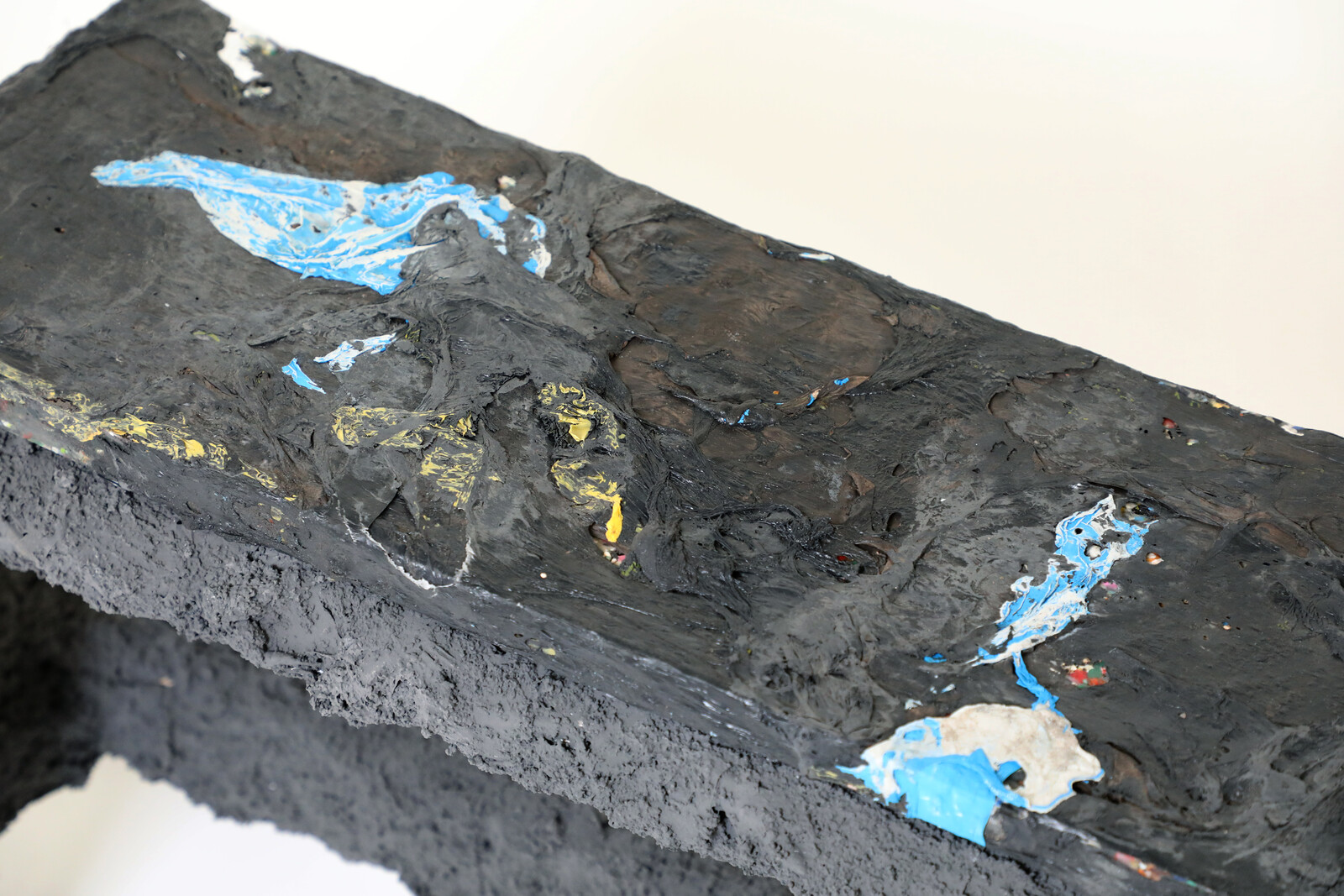

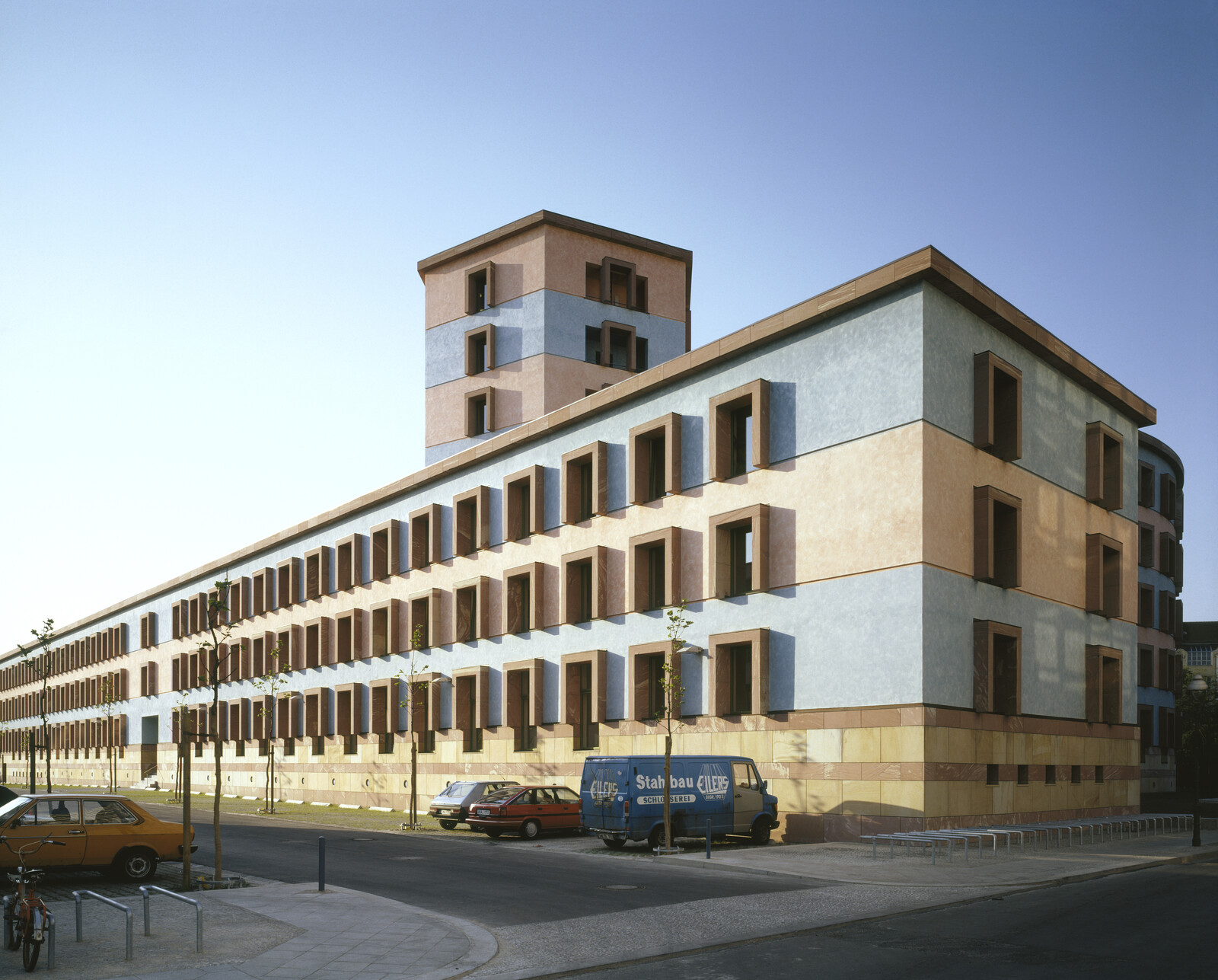
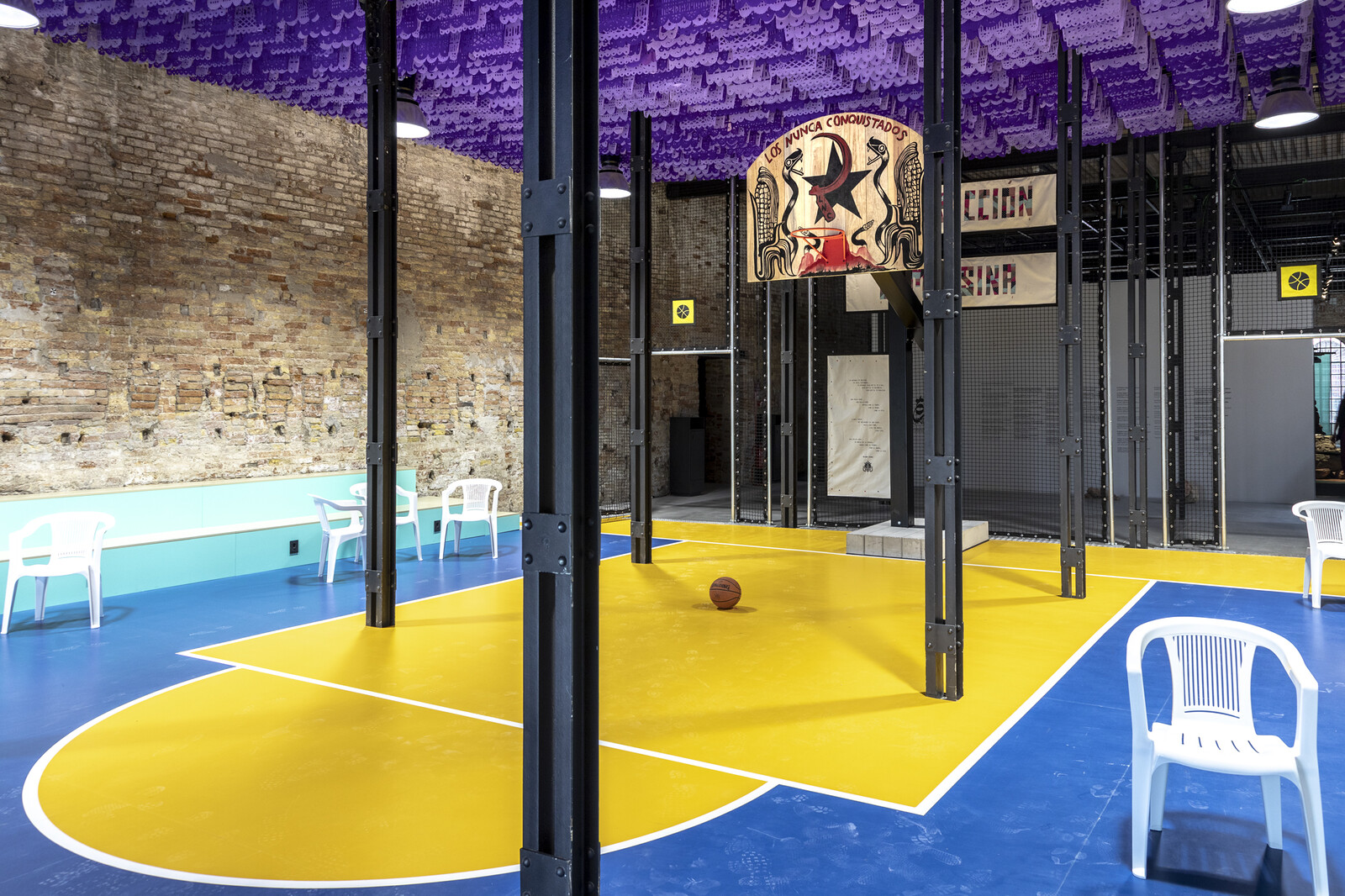

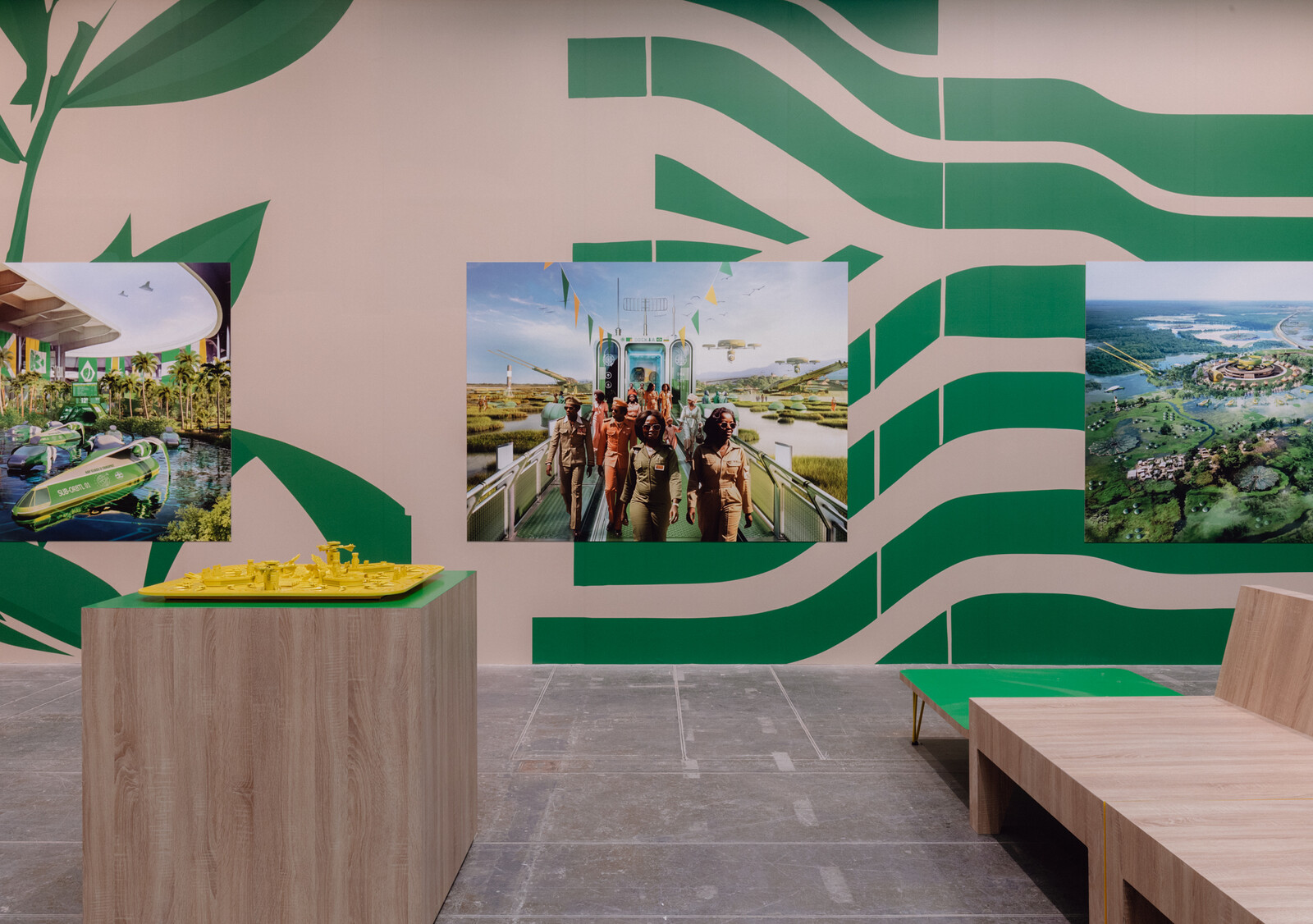


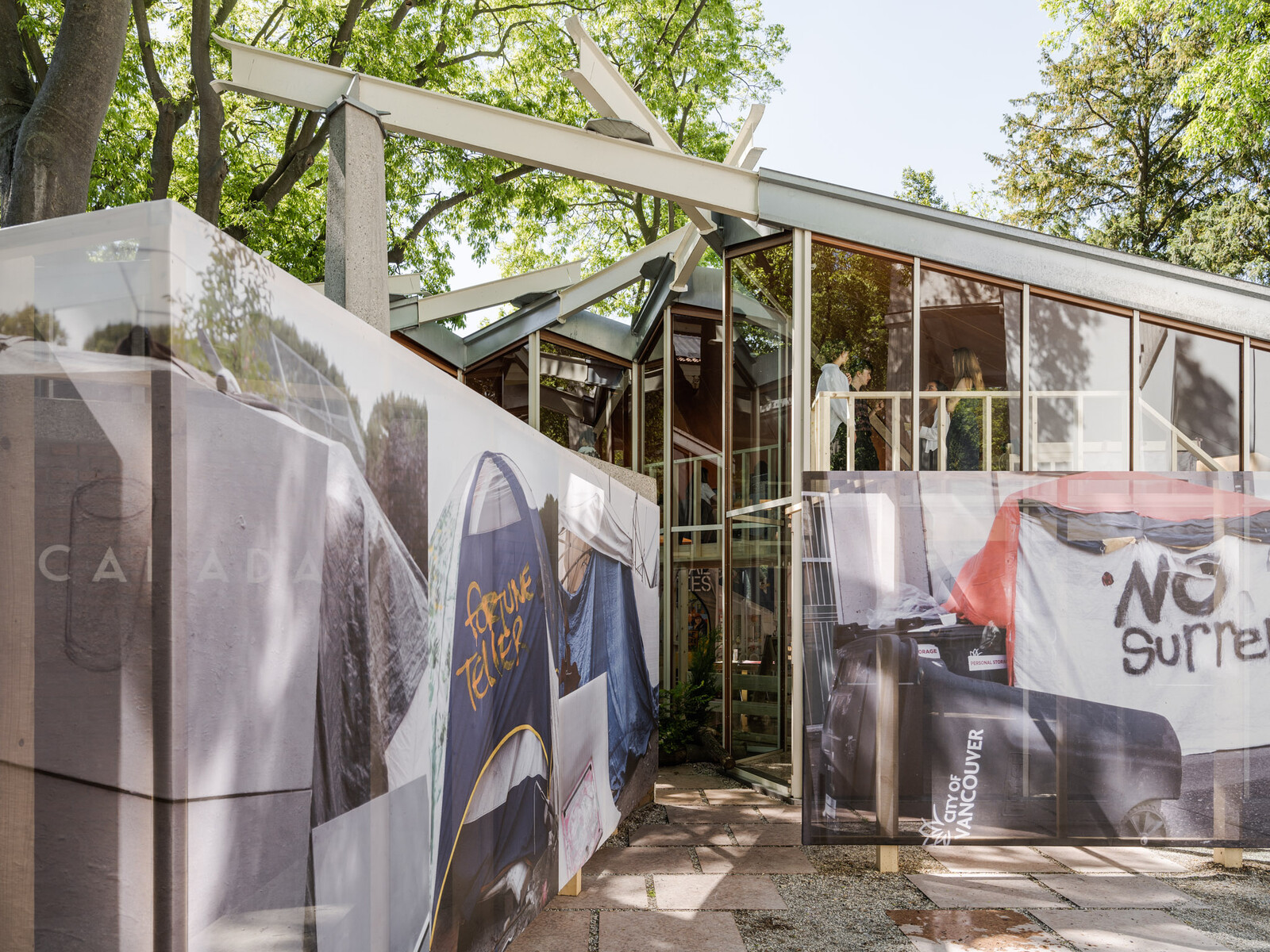
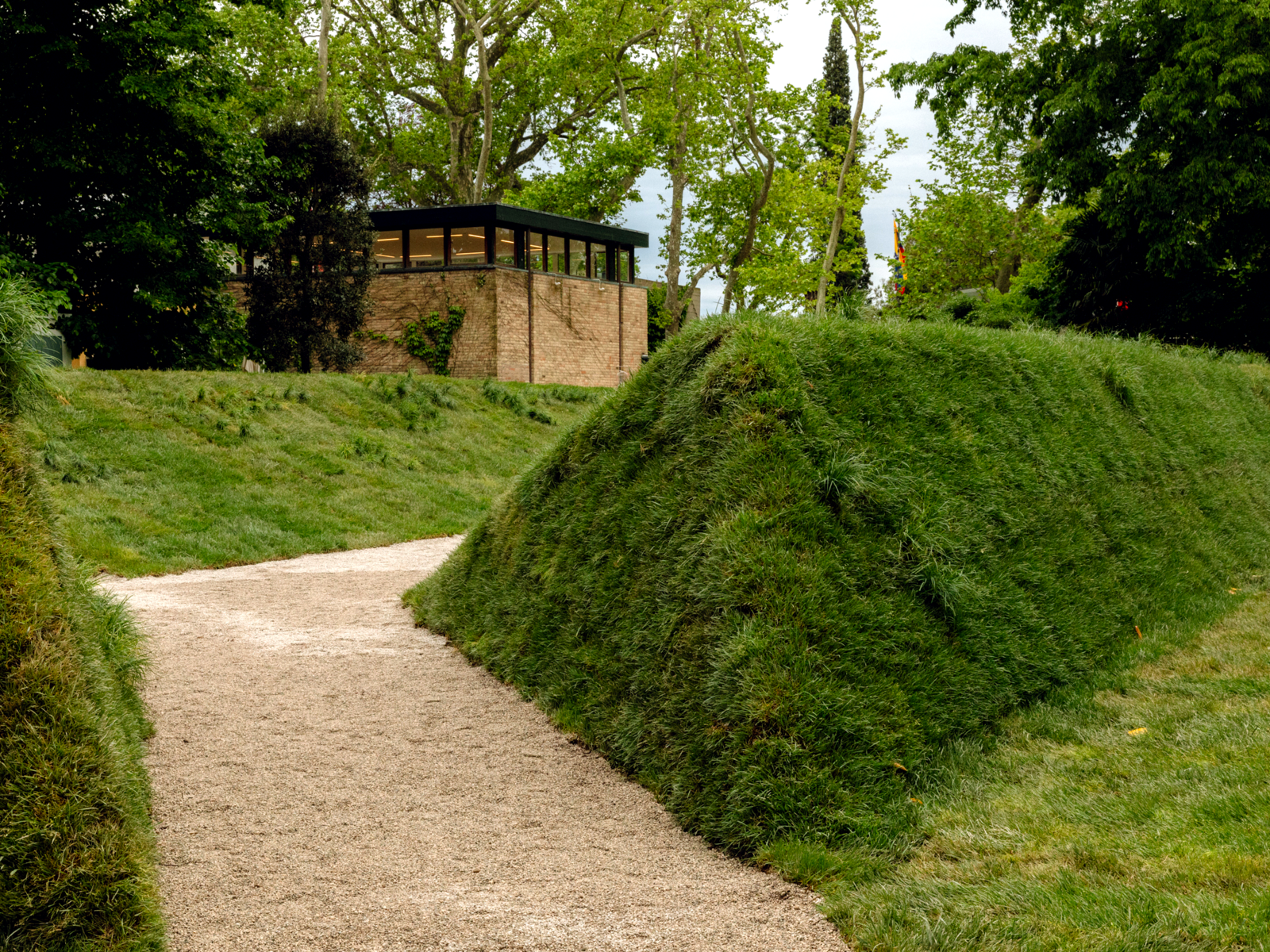
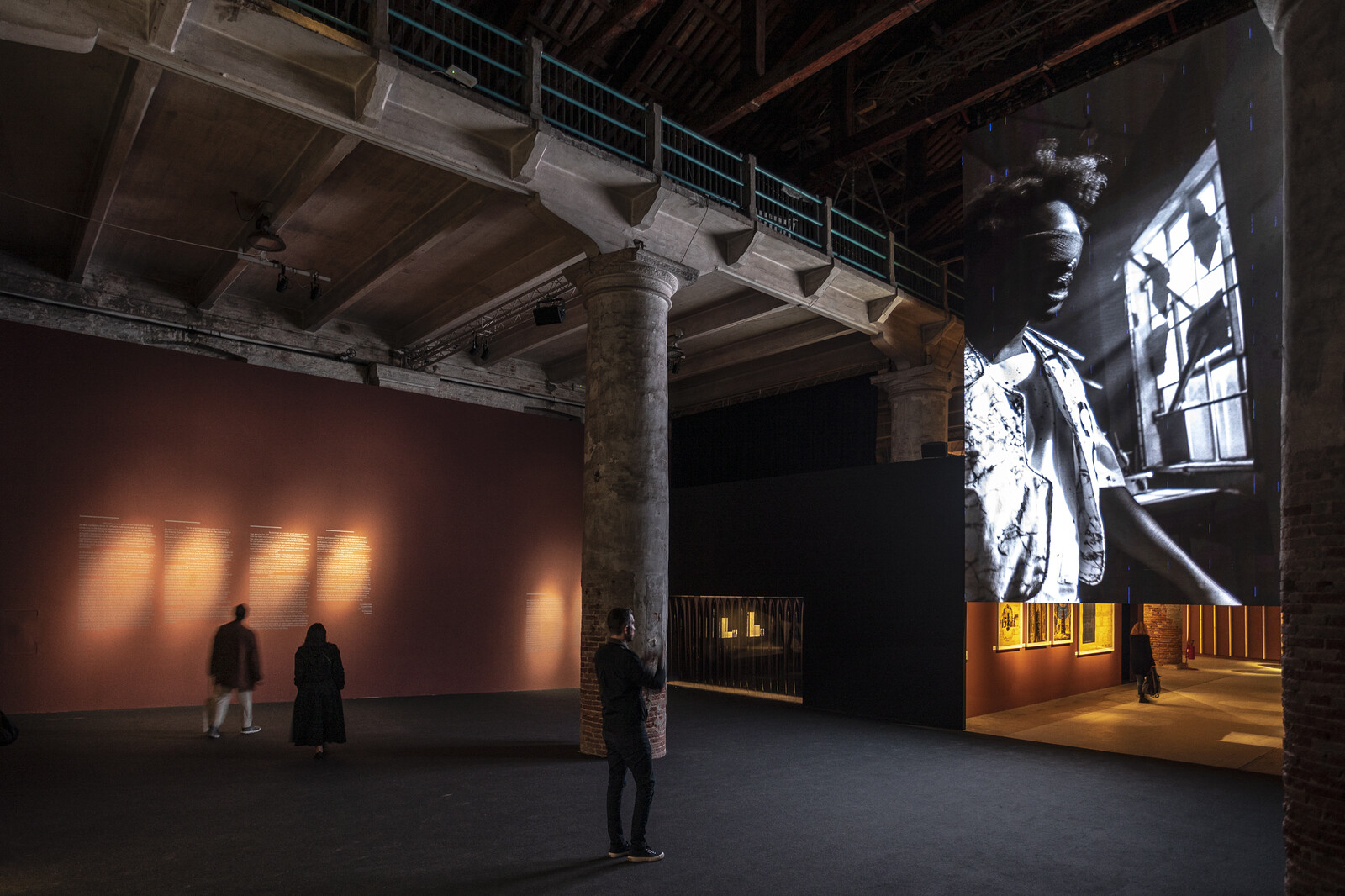

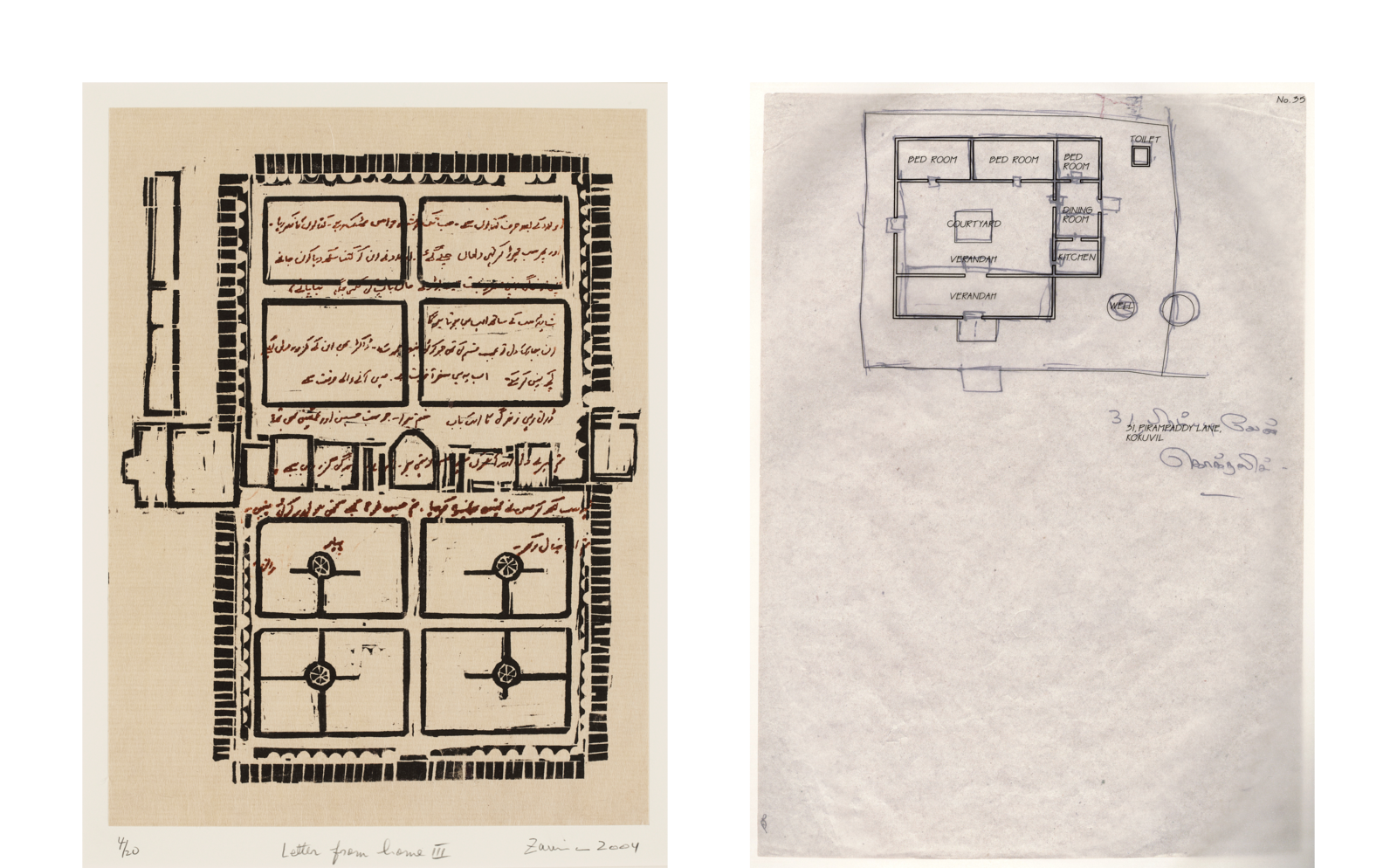


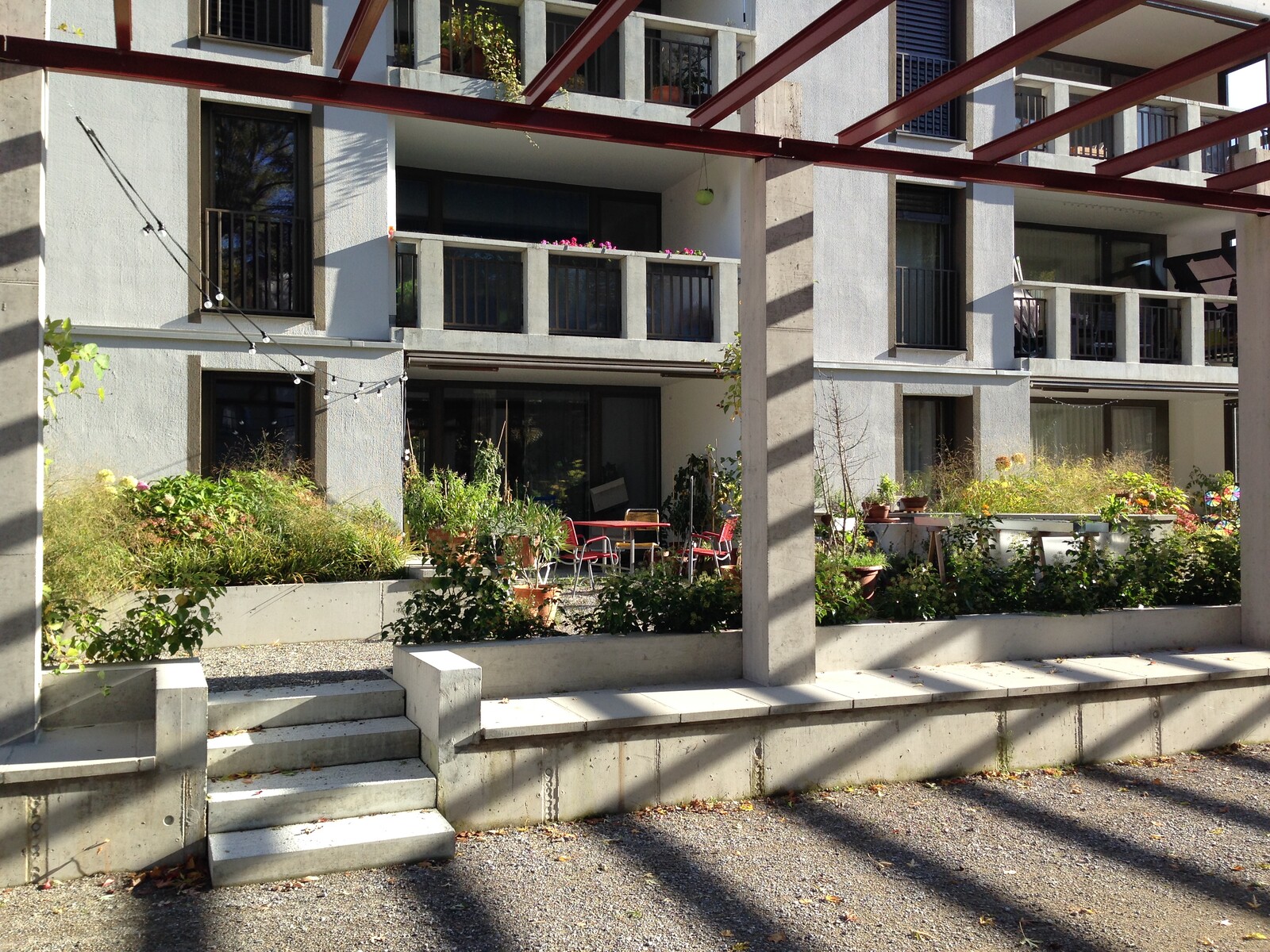

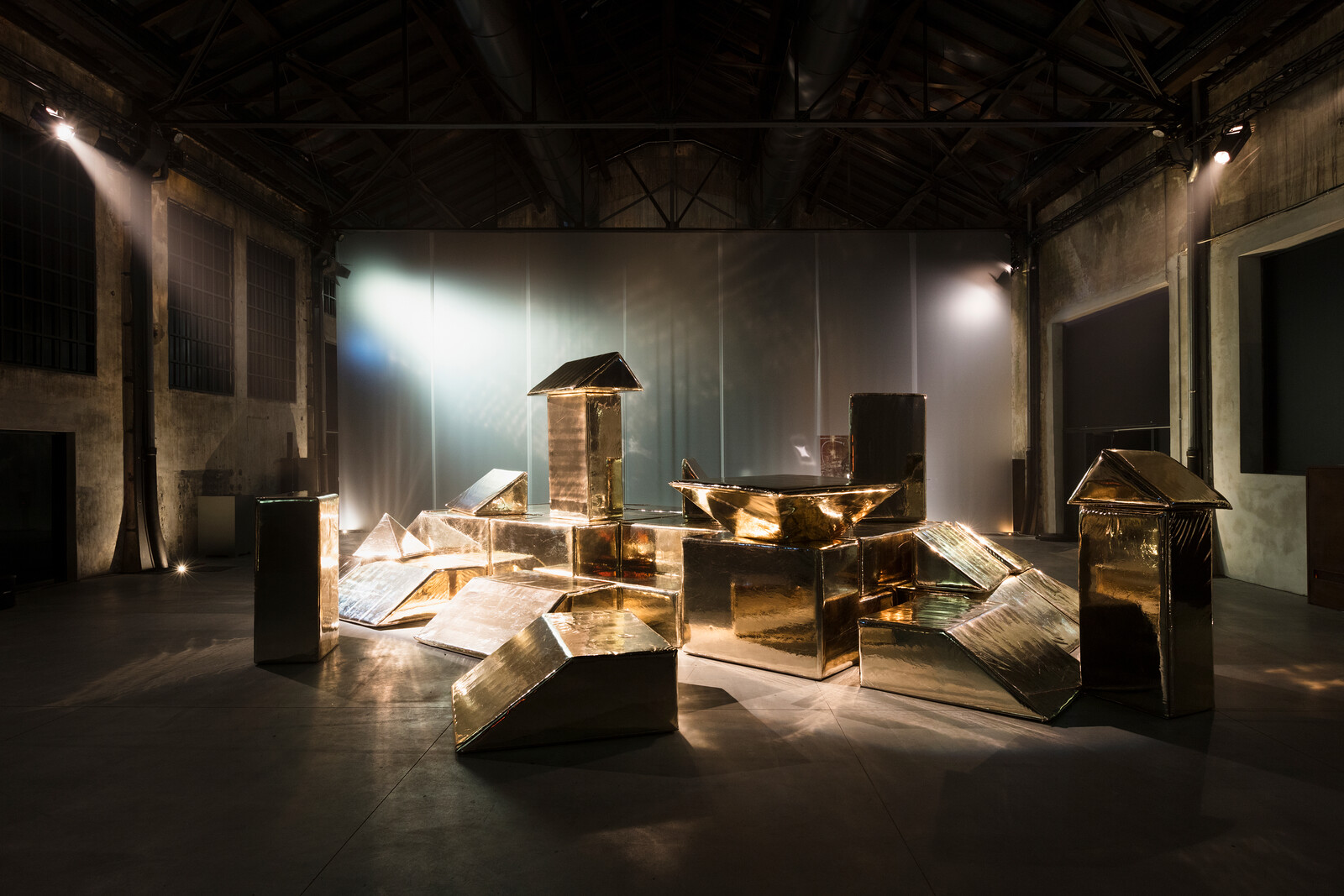
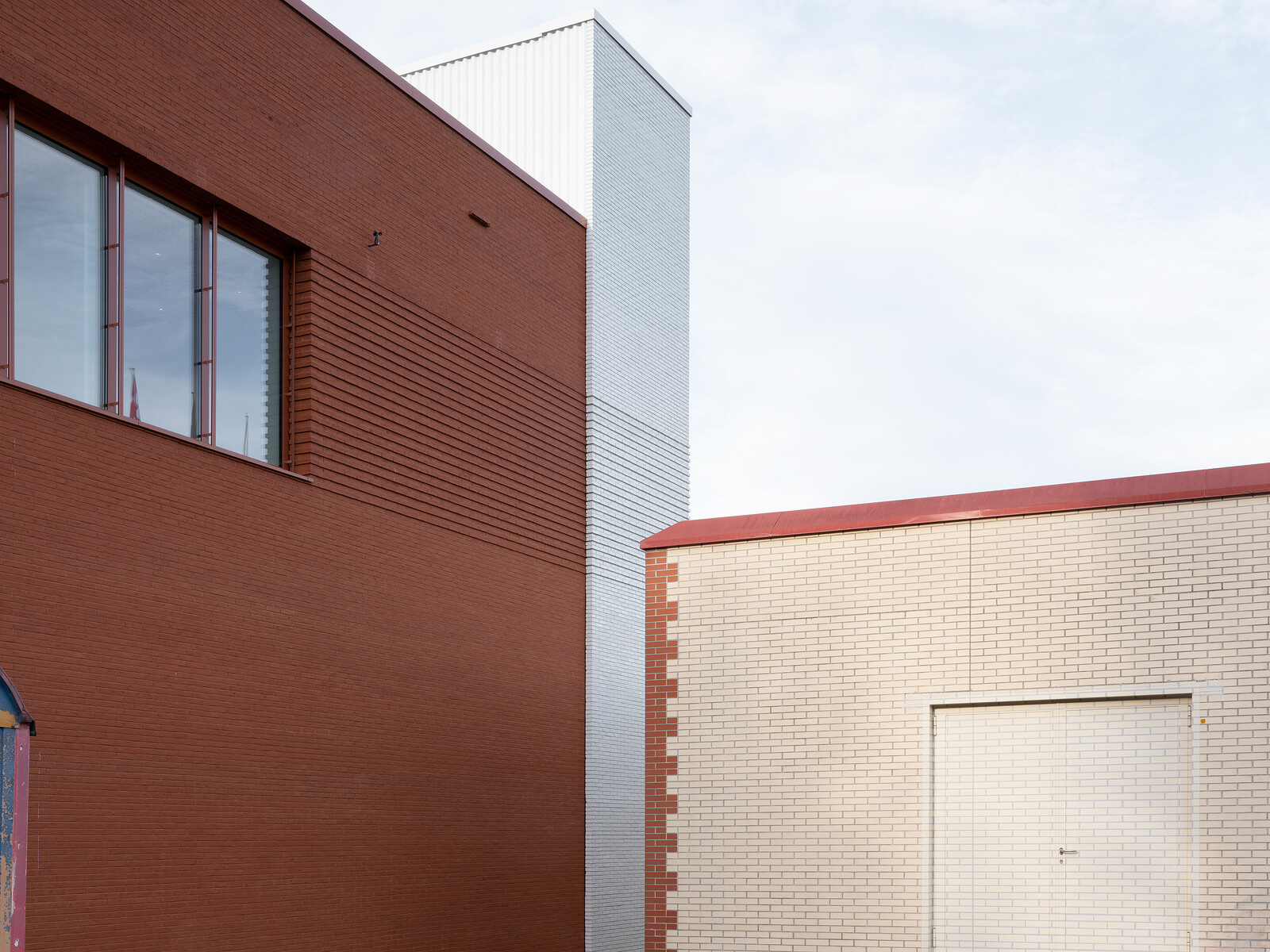
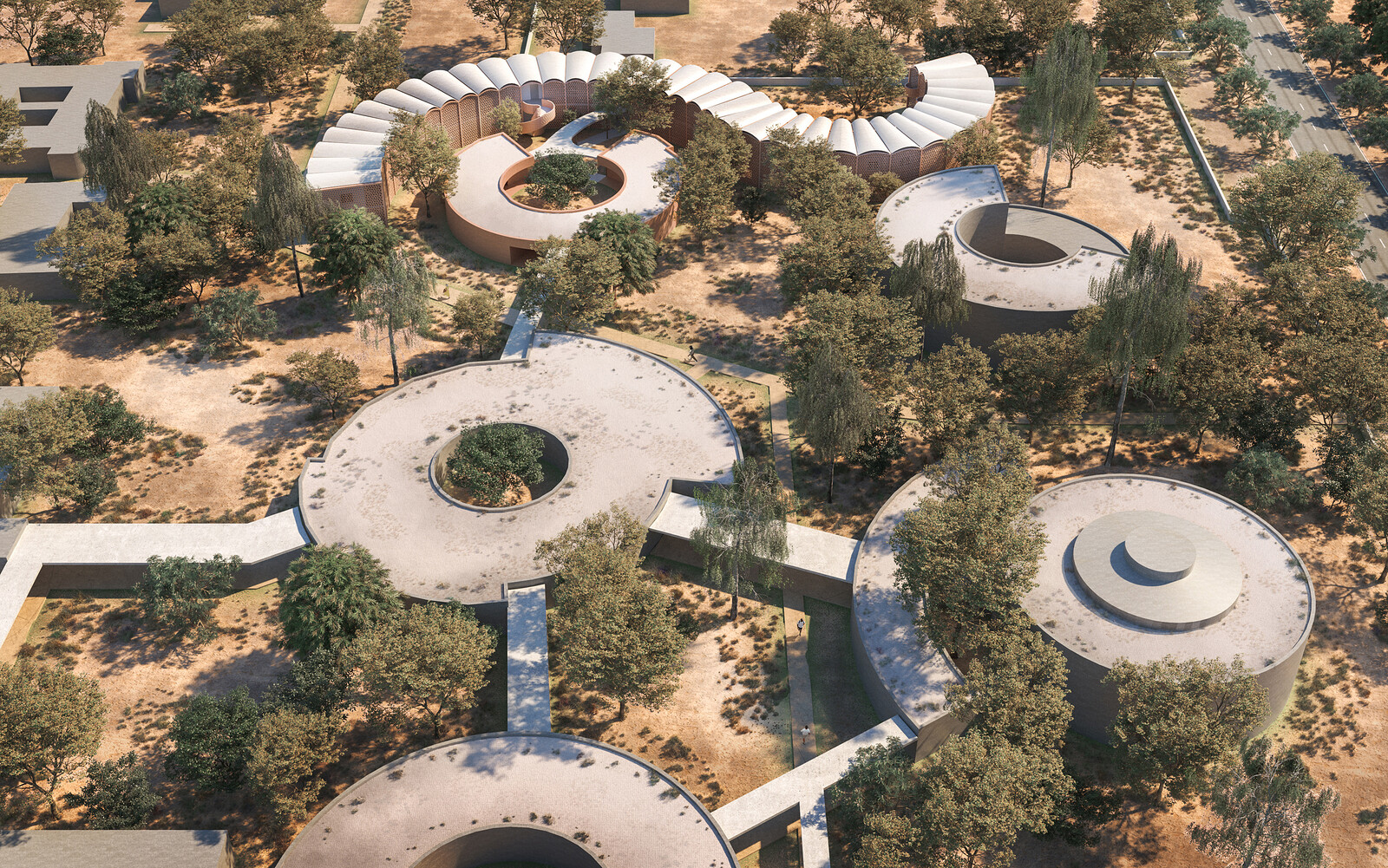



(2014).jpg,1600)






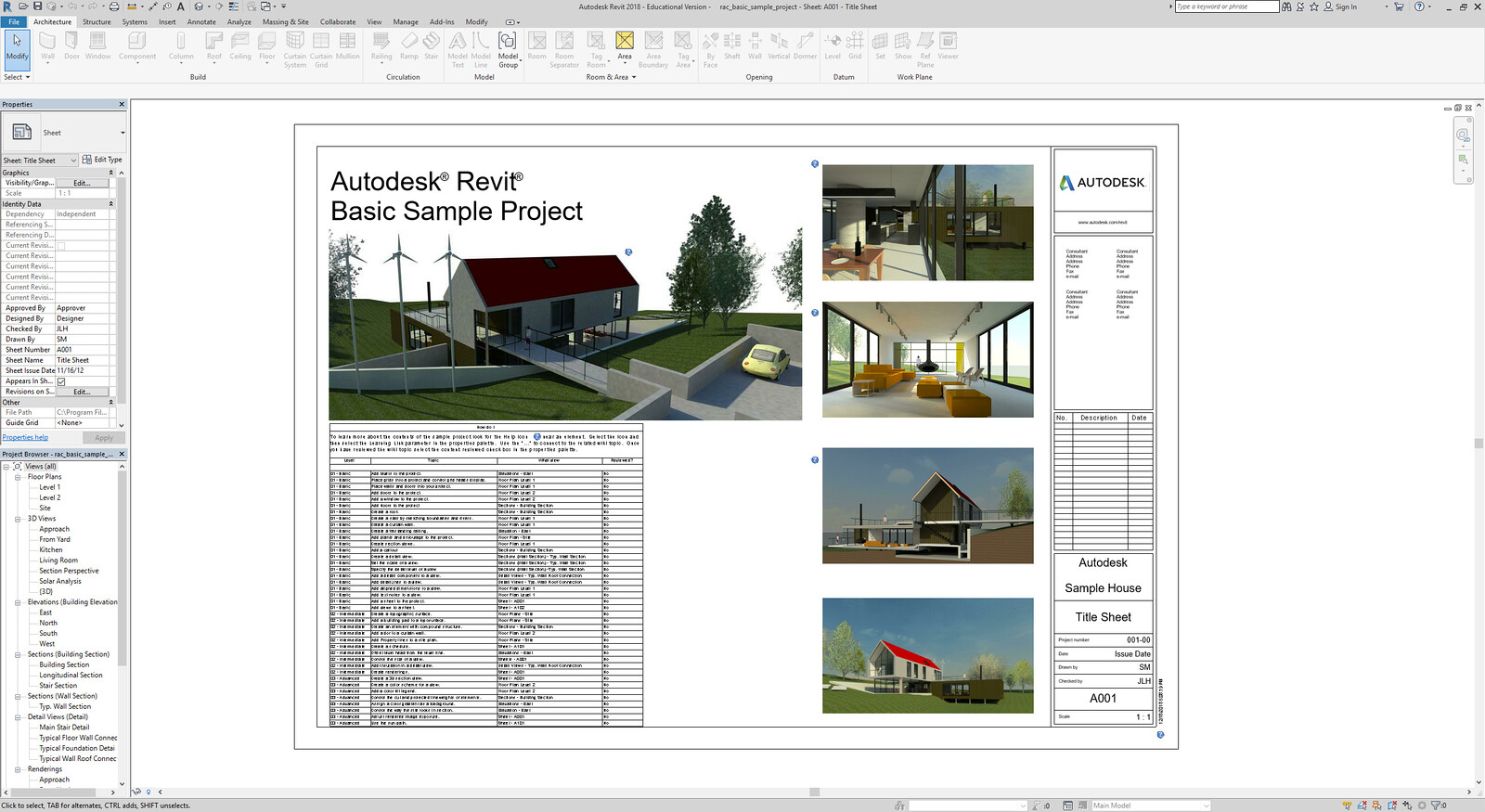




,-2003,-srgb.jpg,1600)
